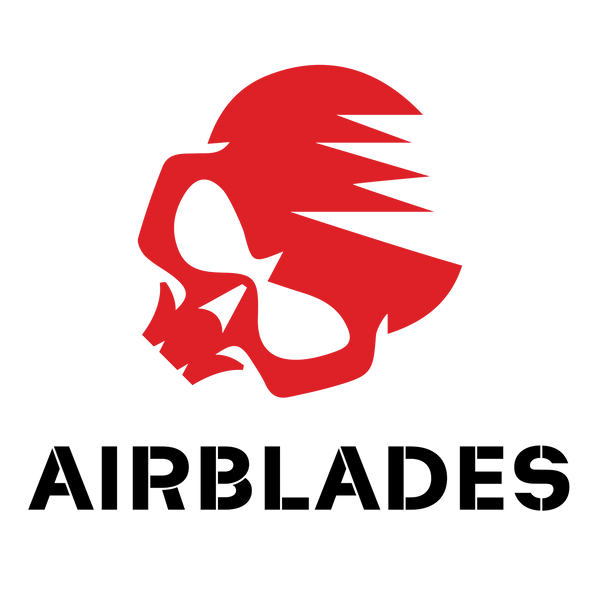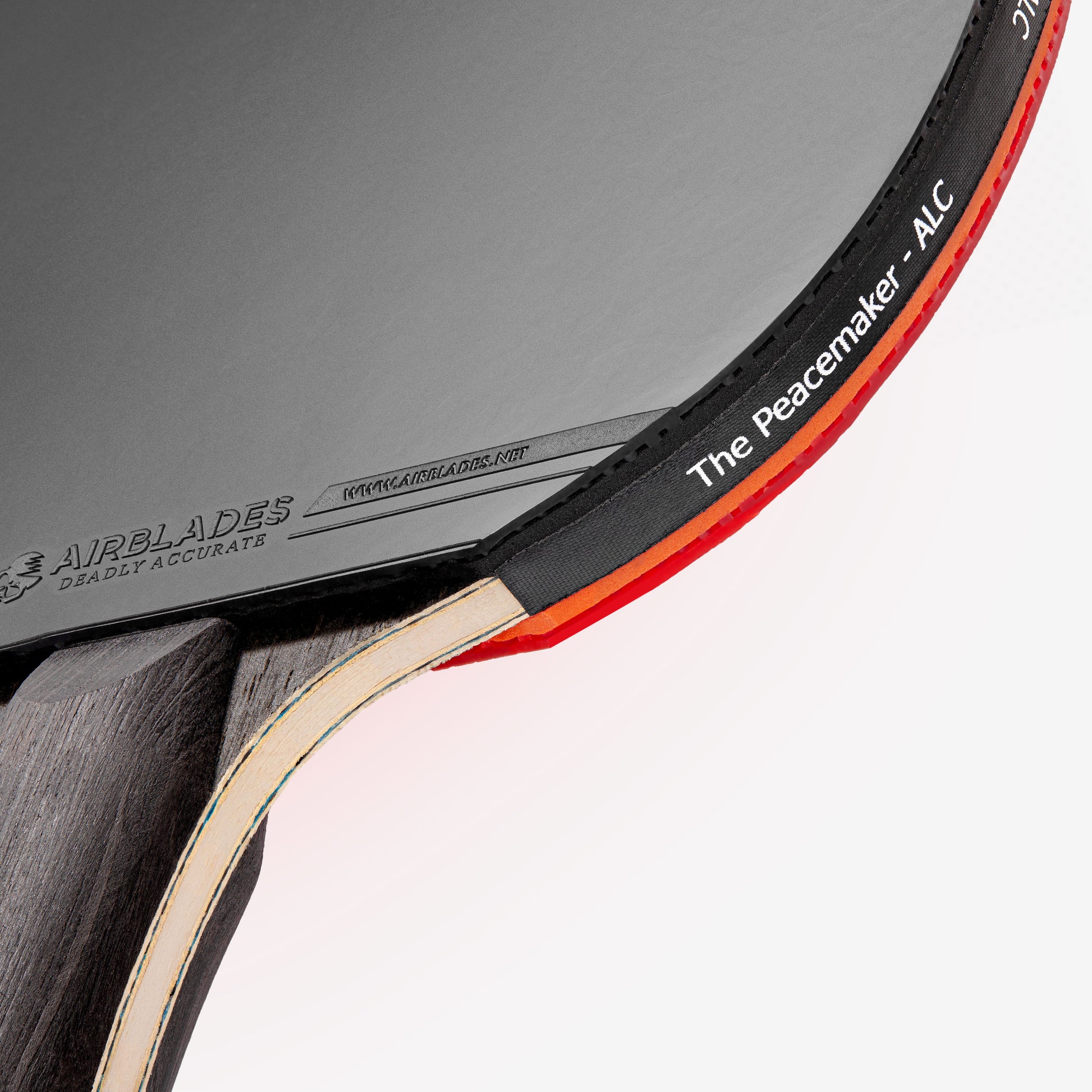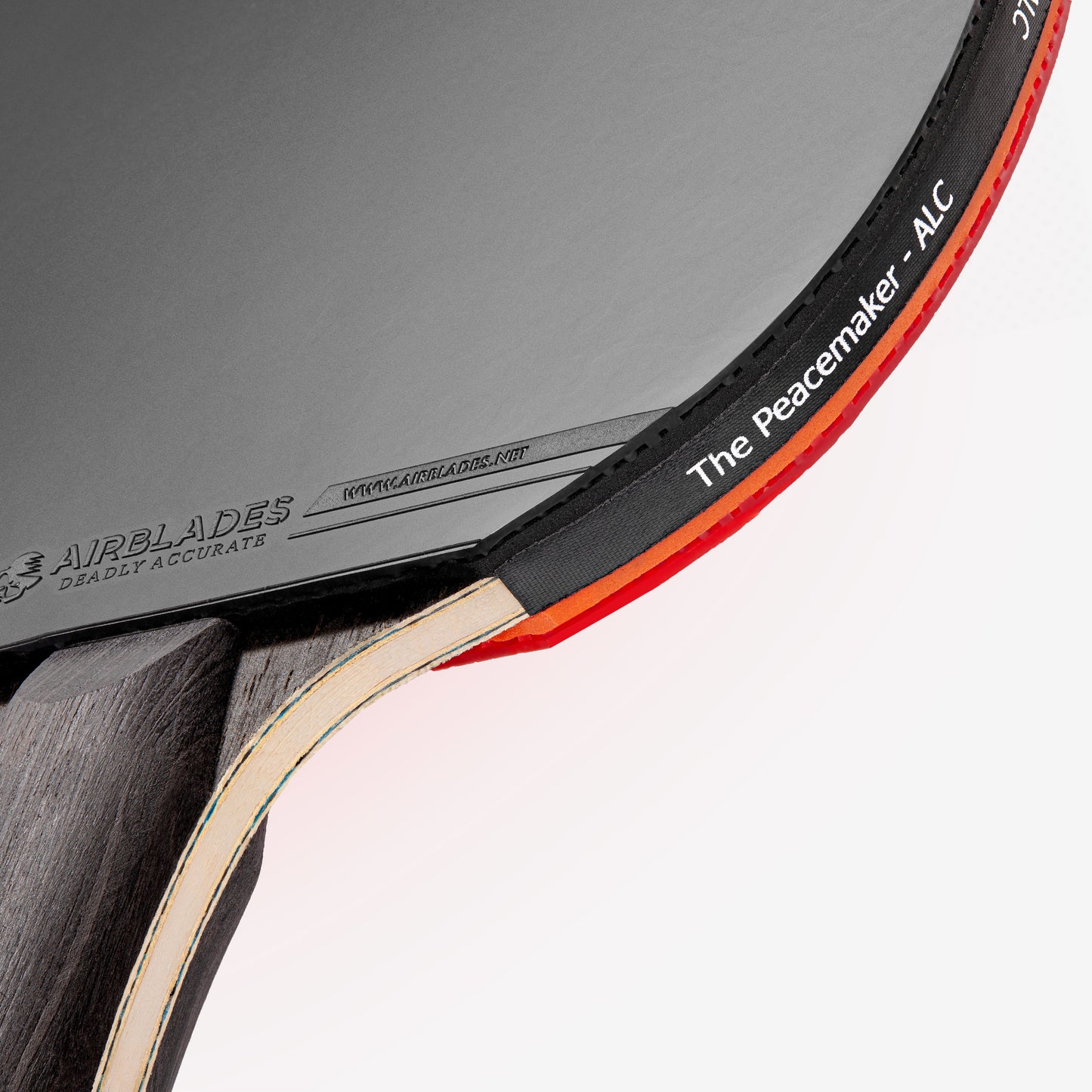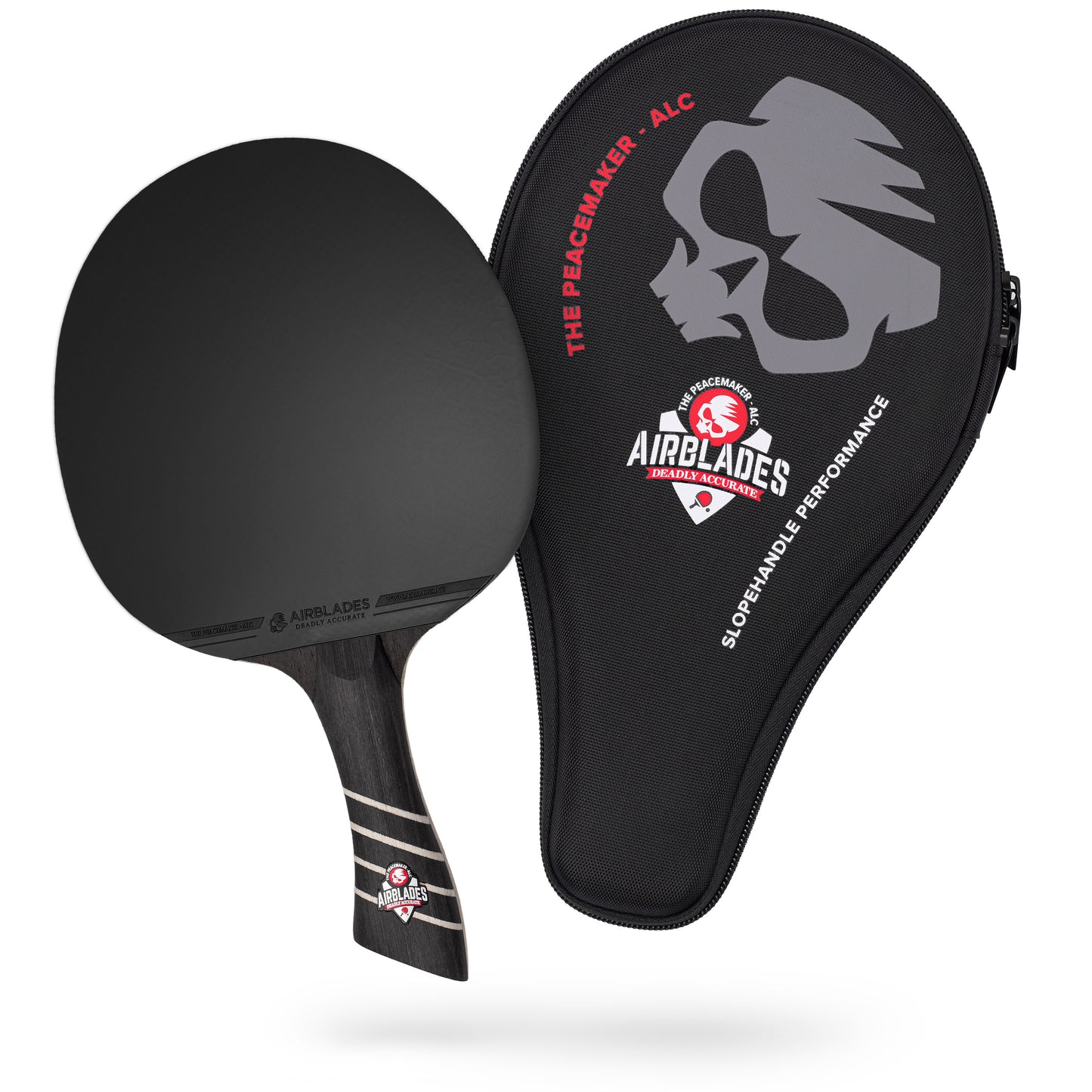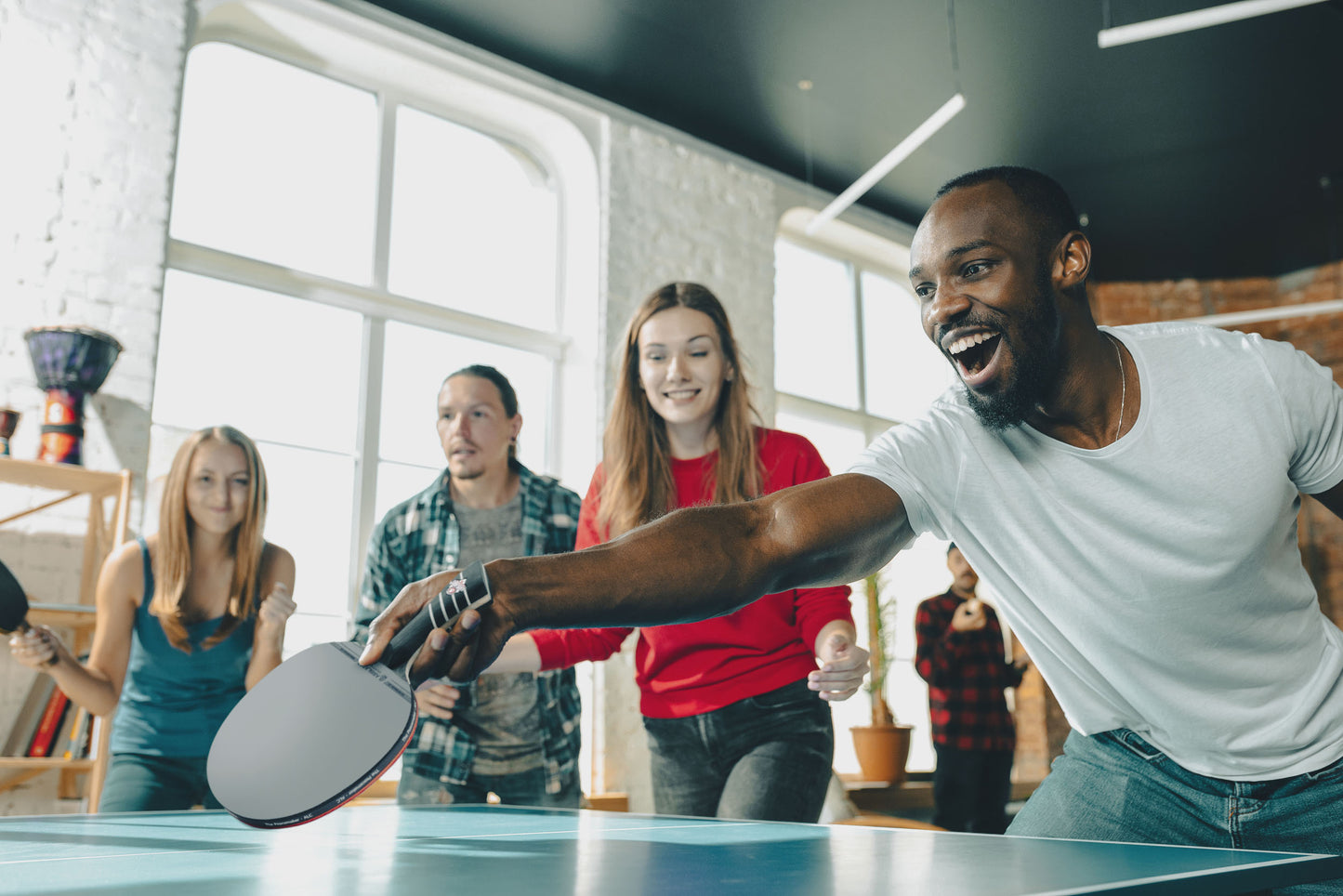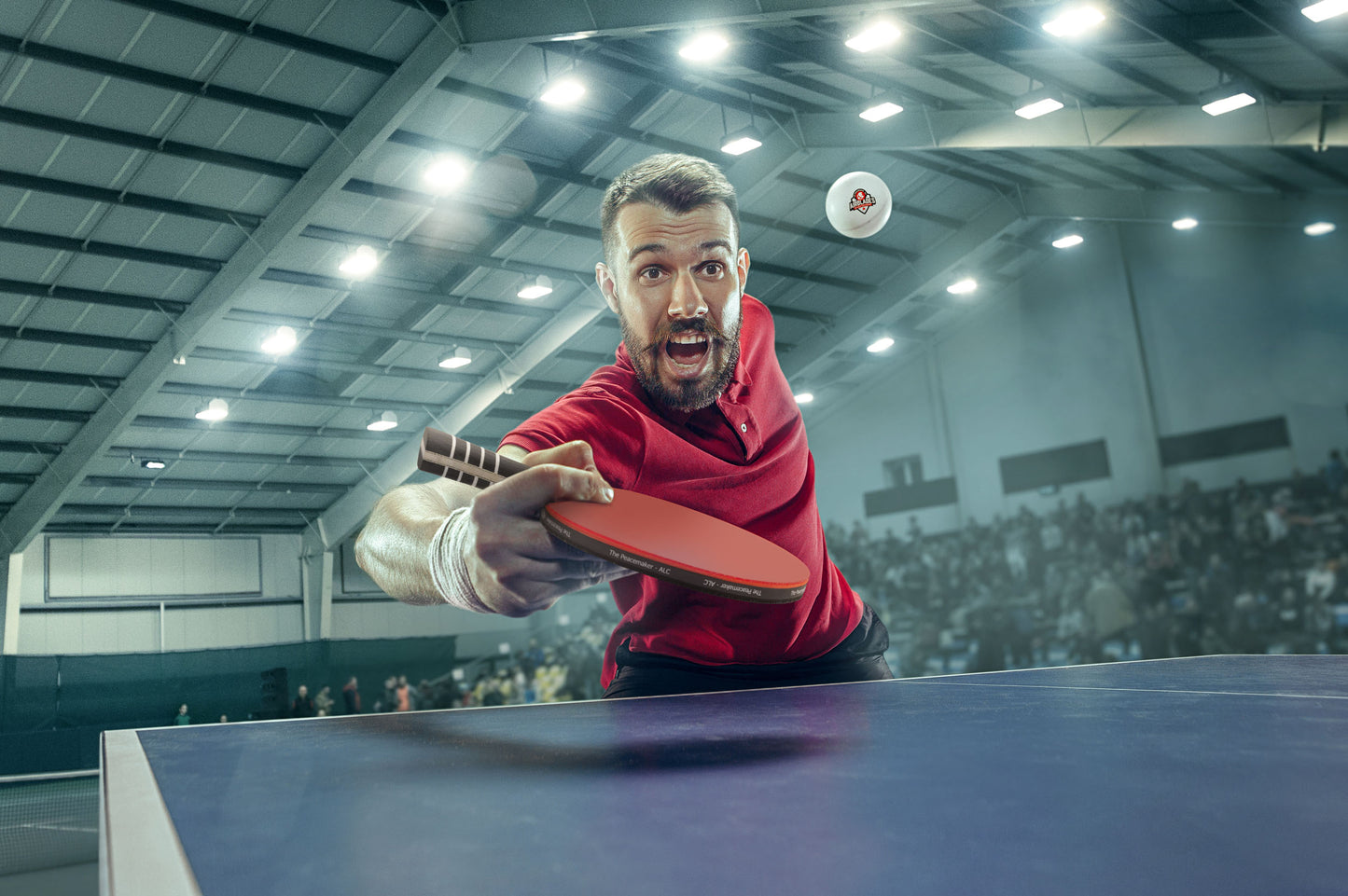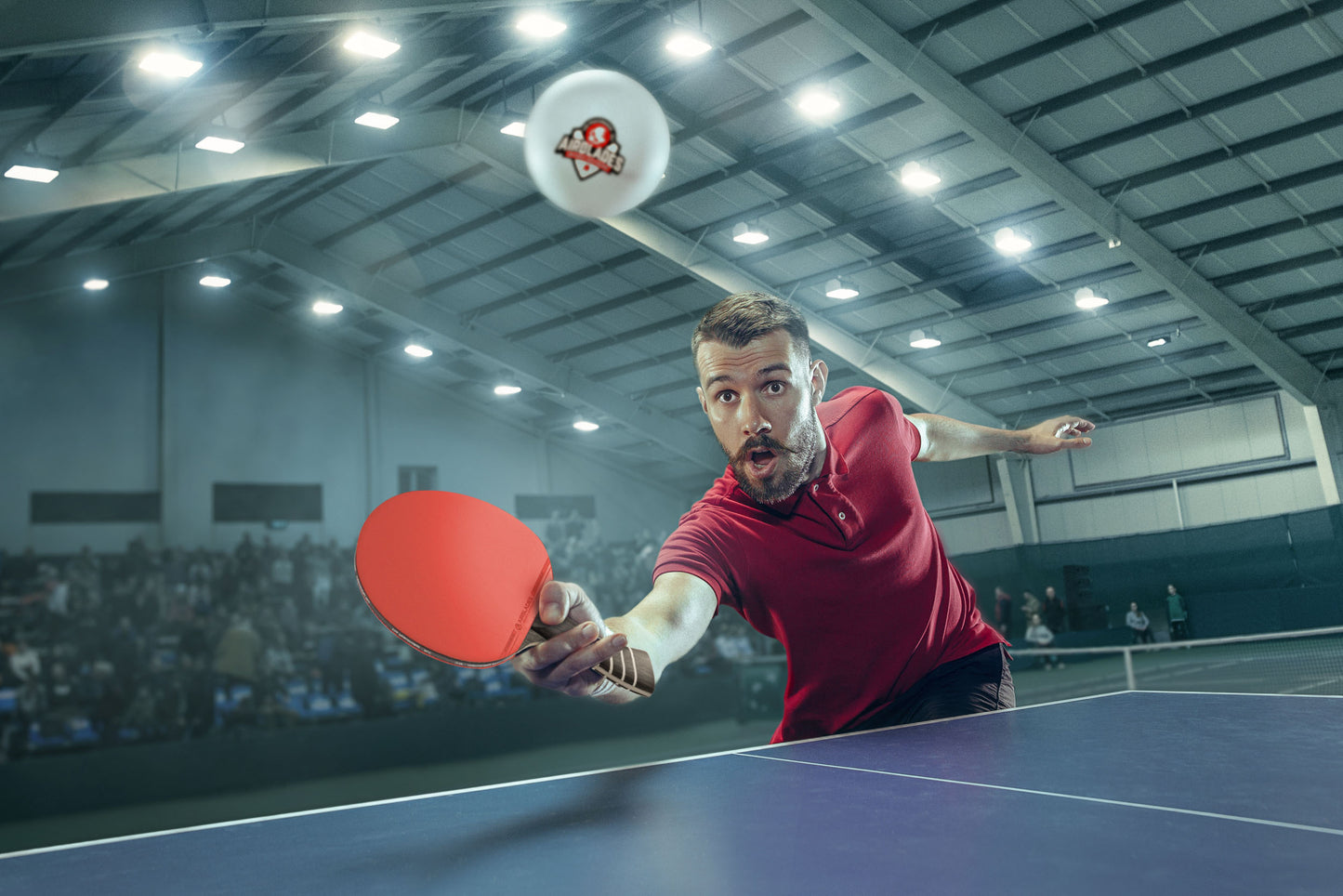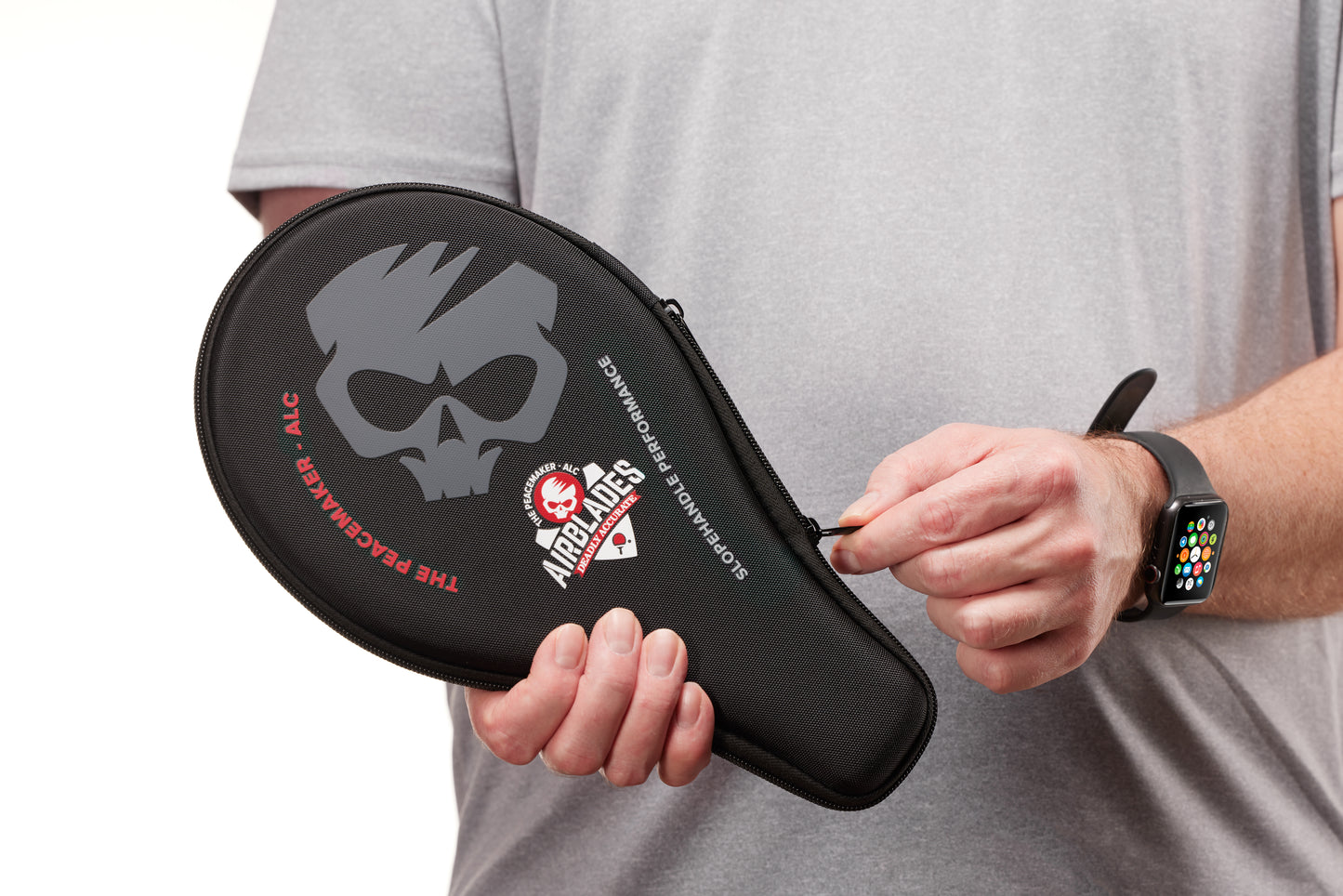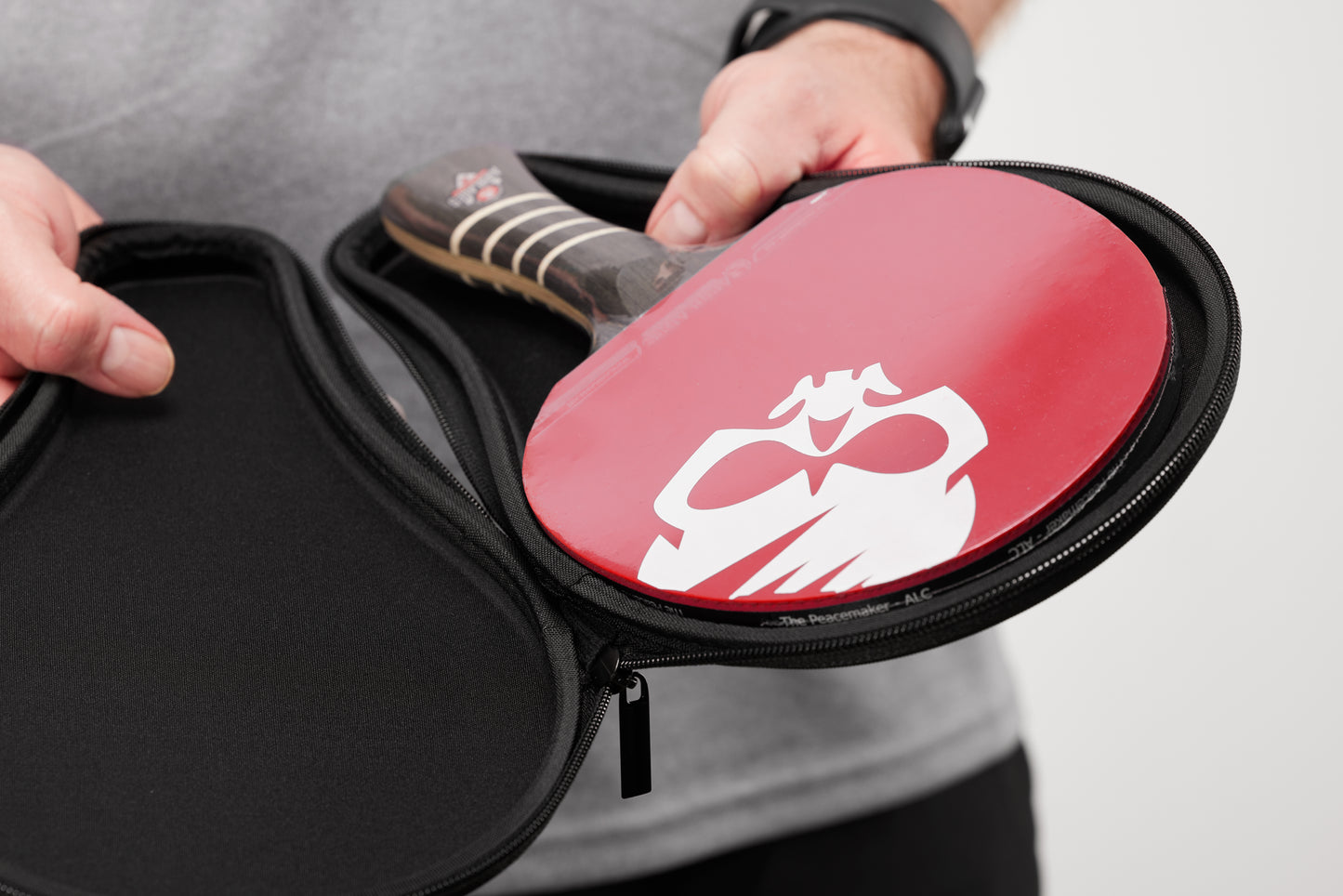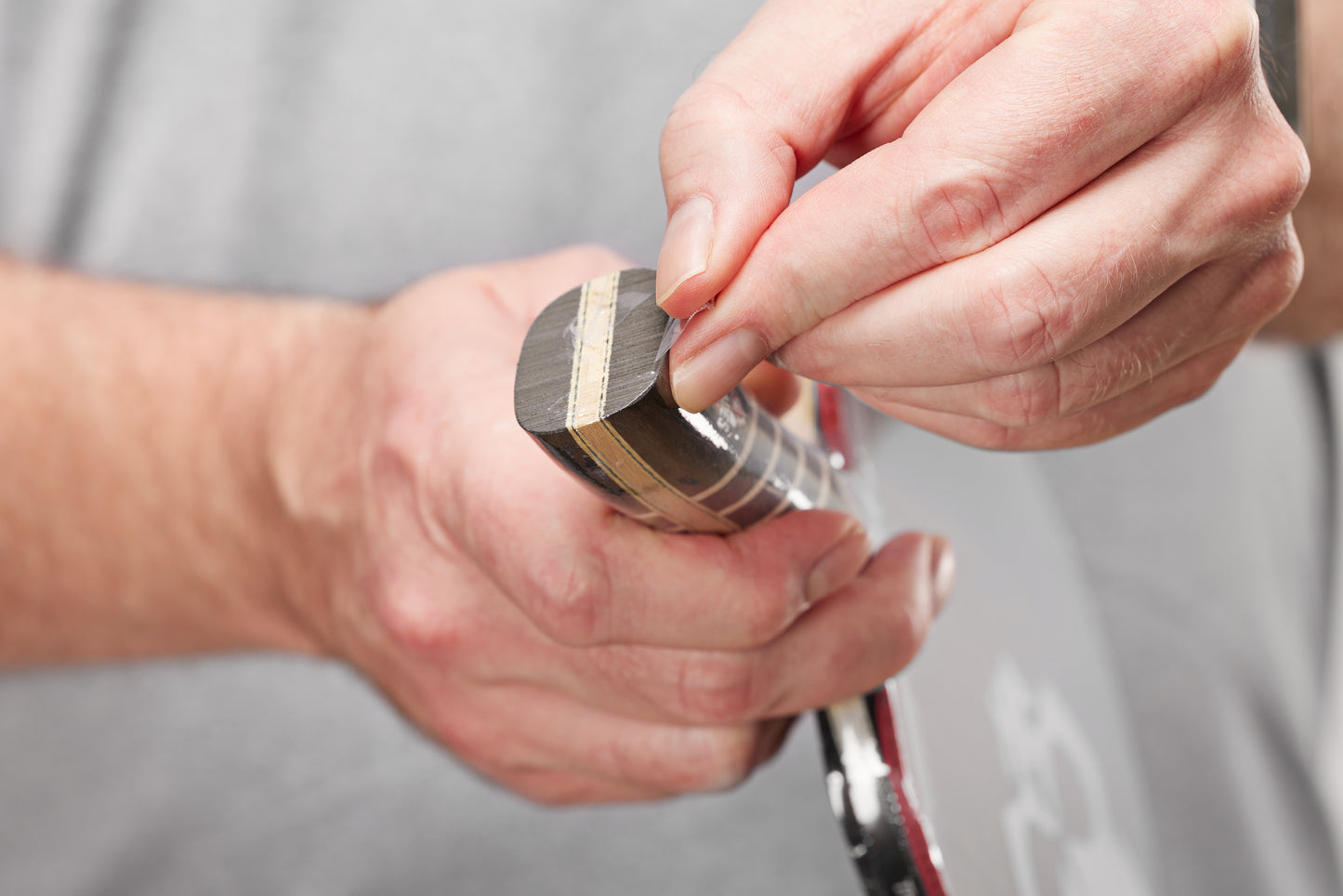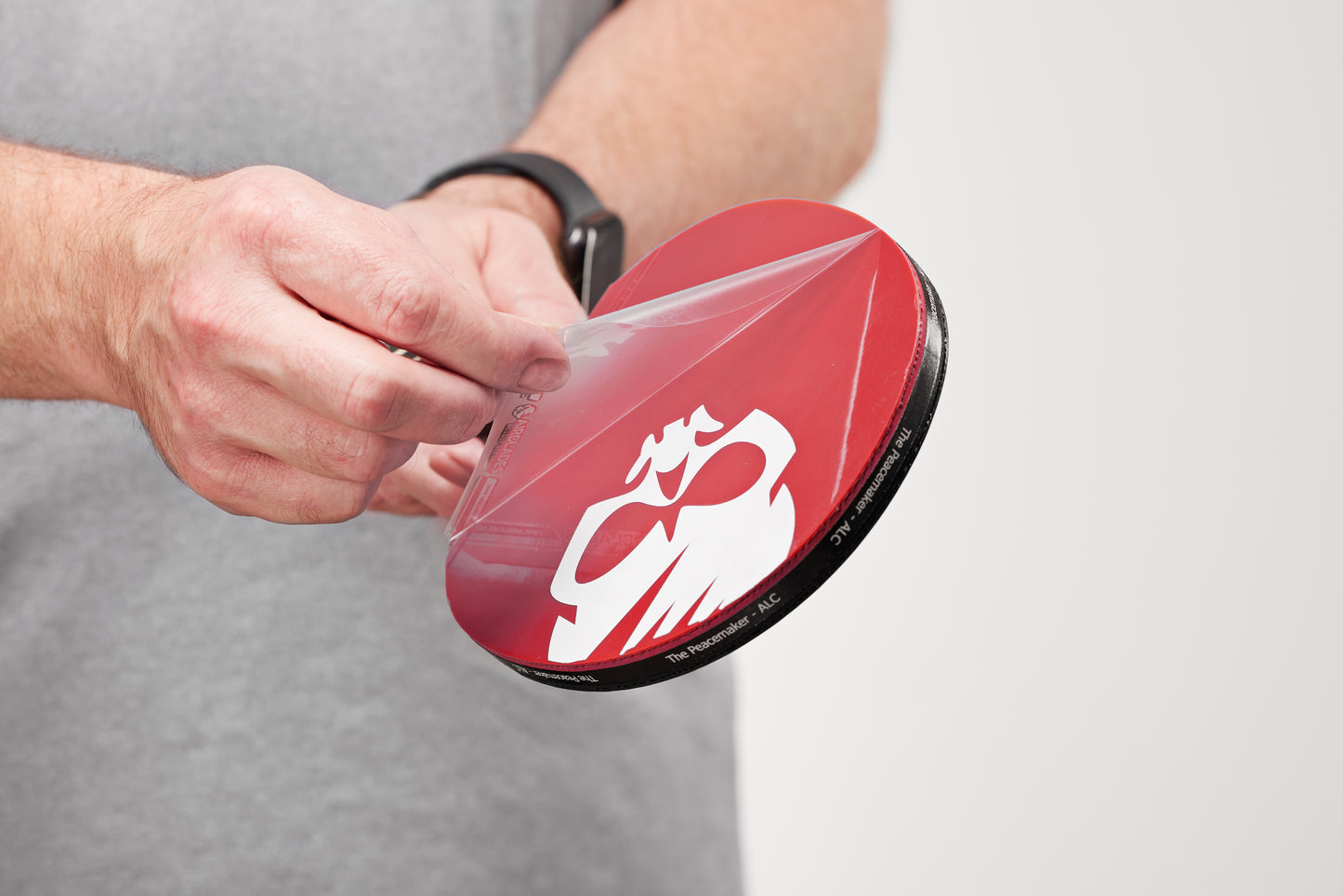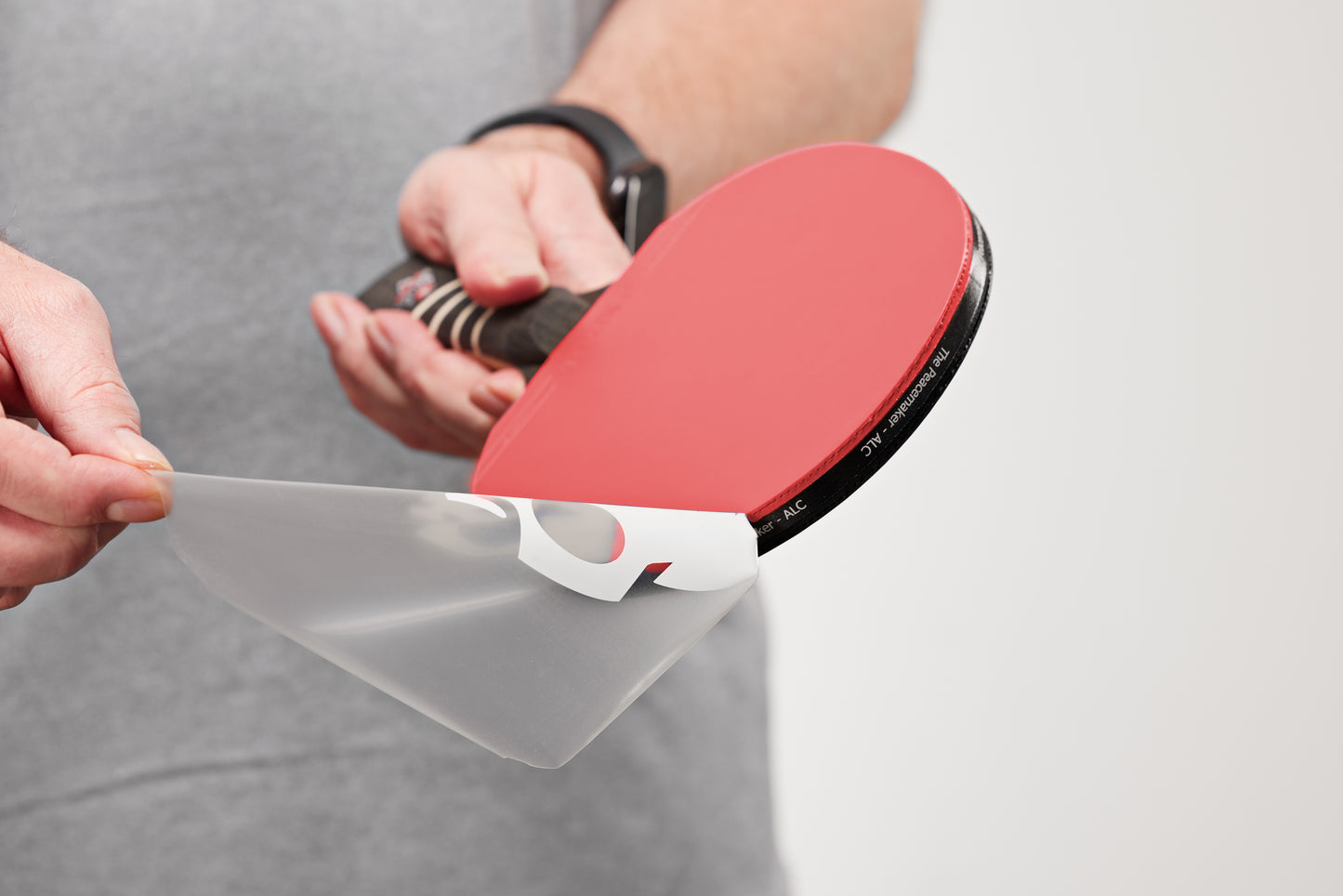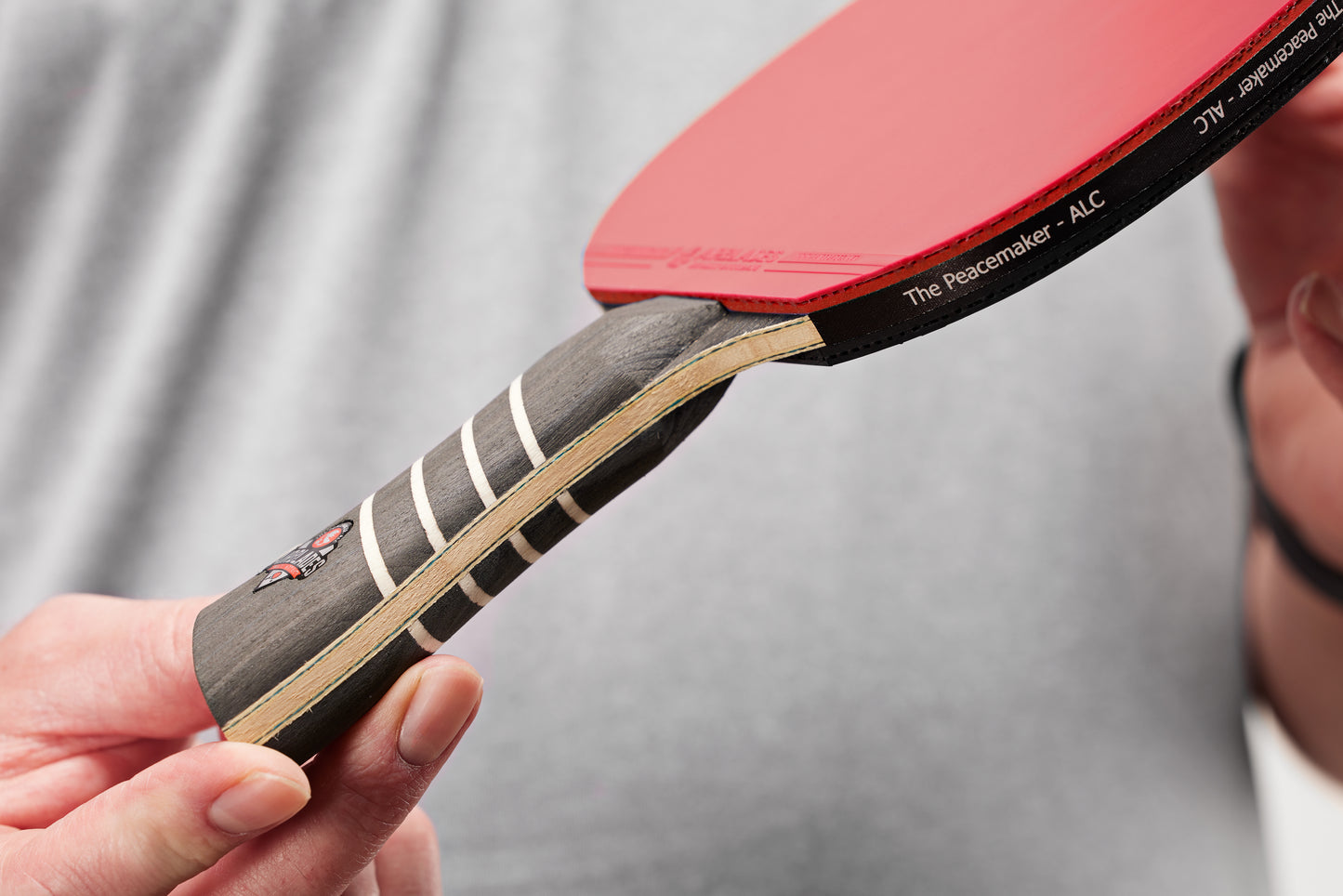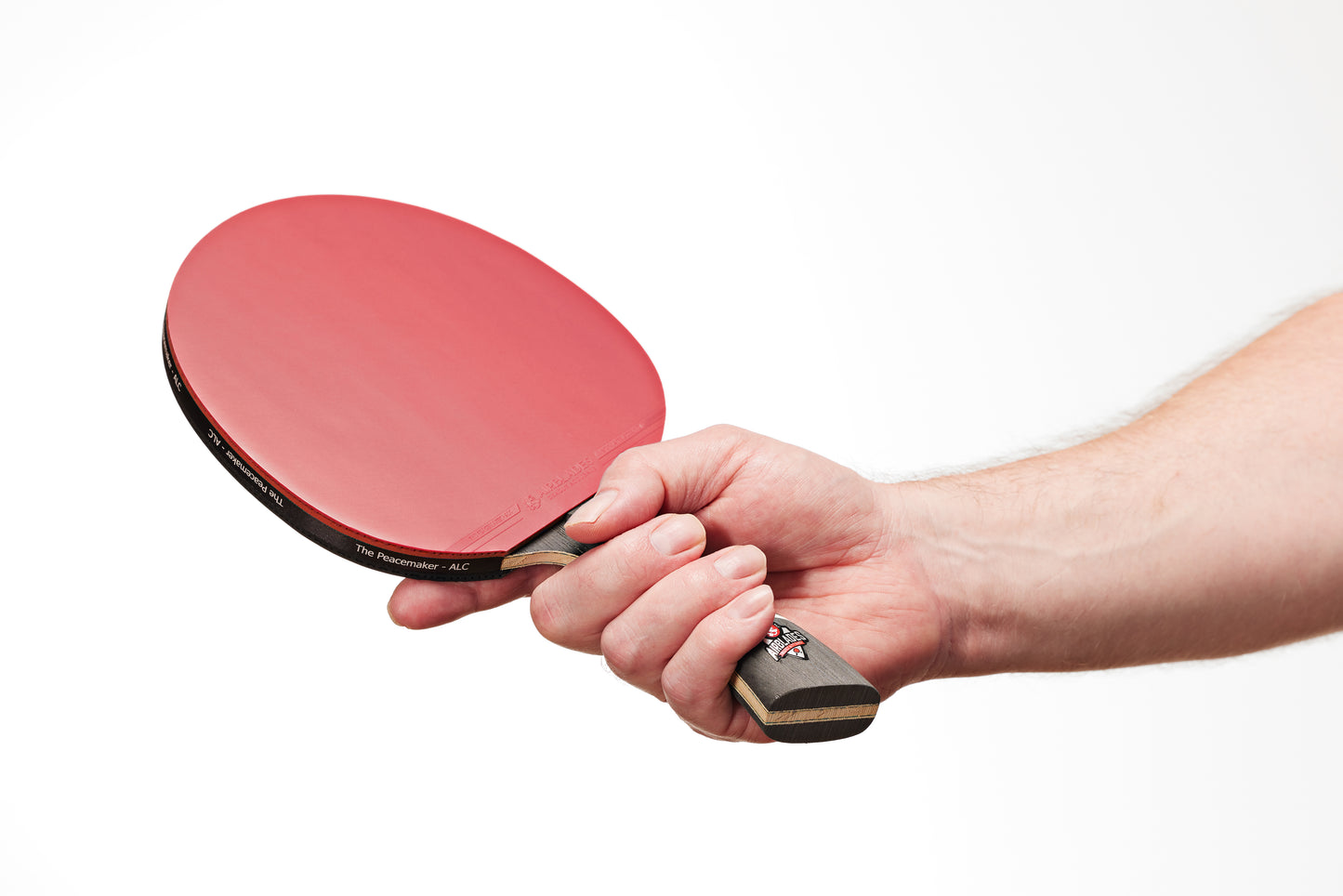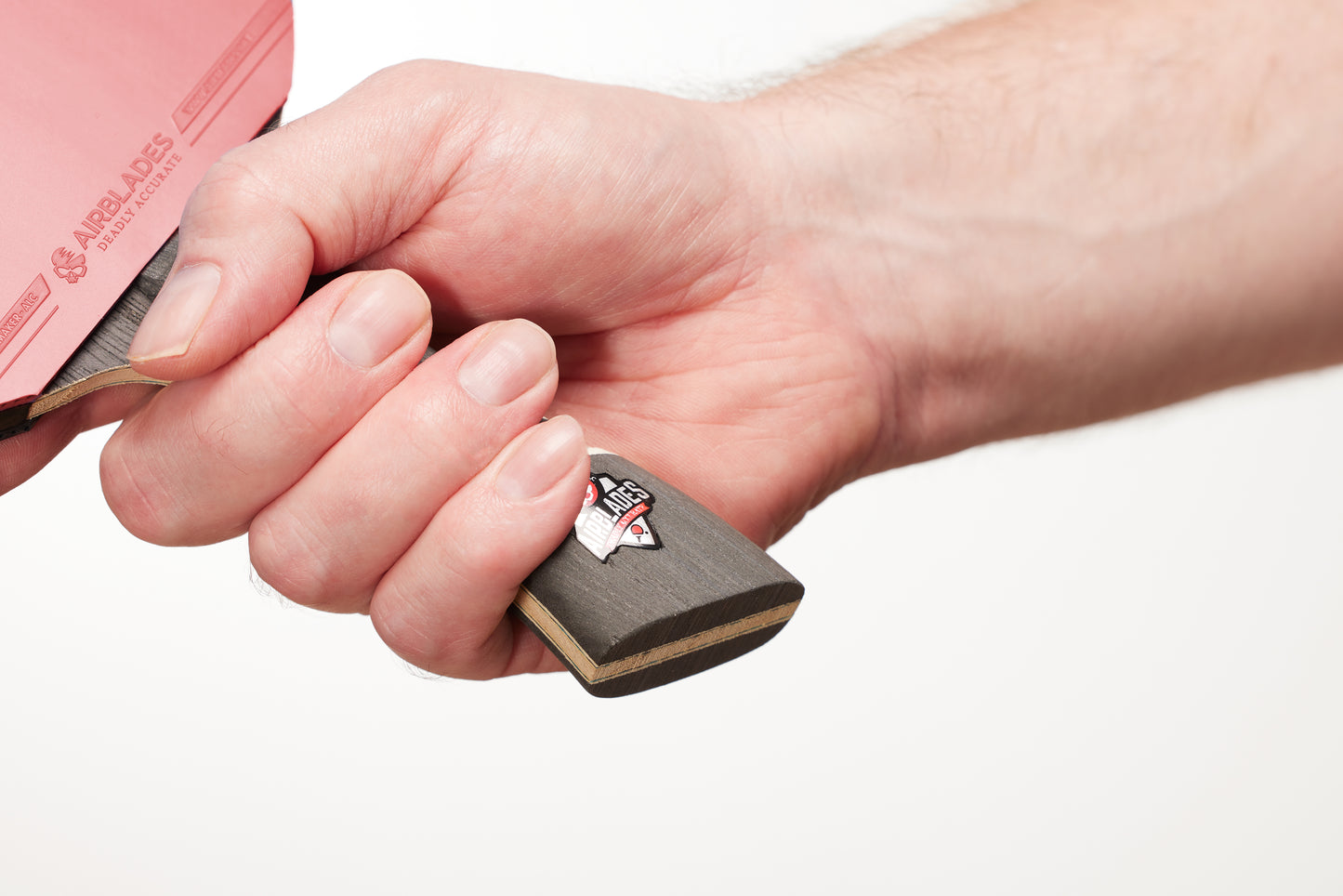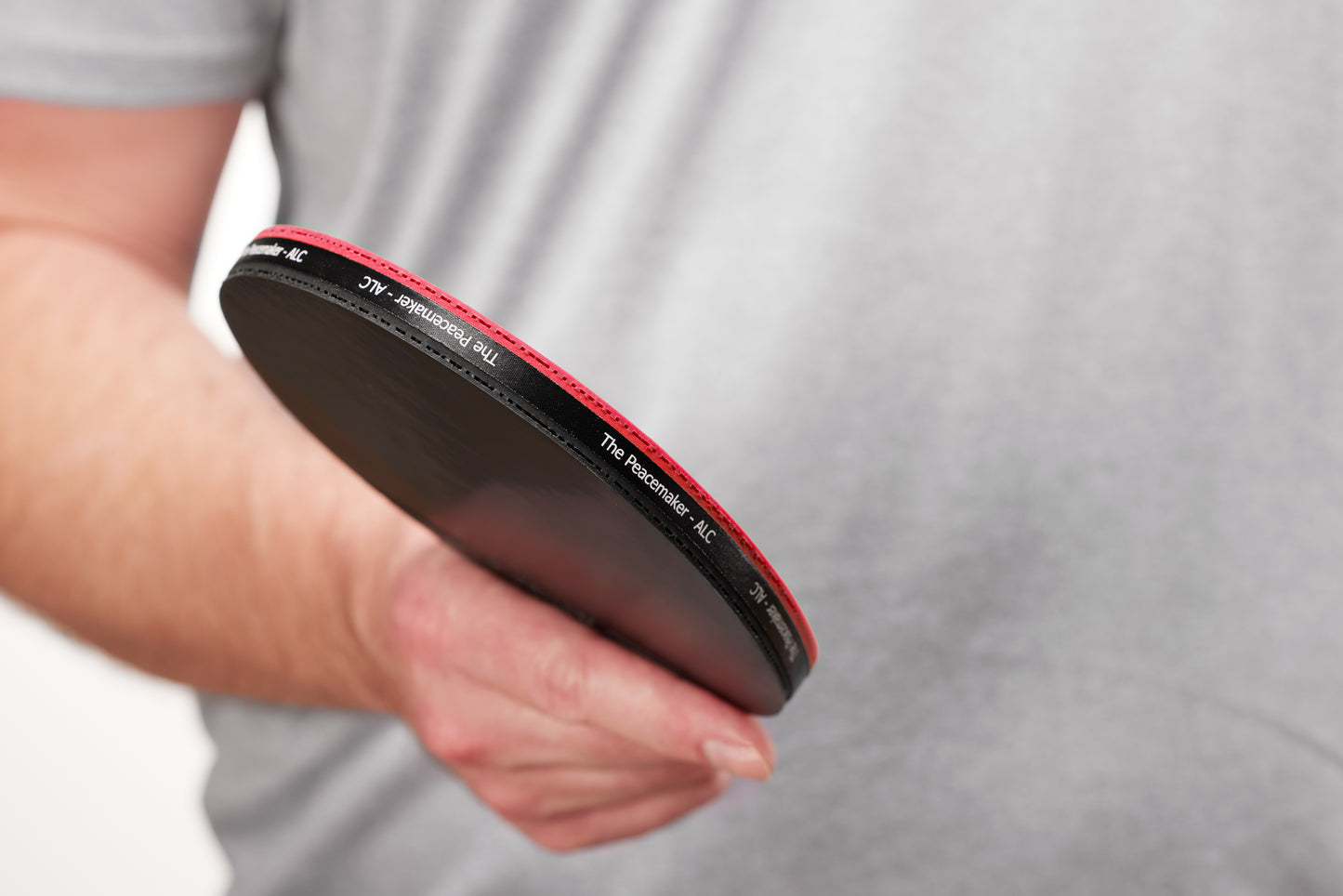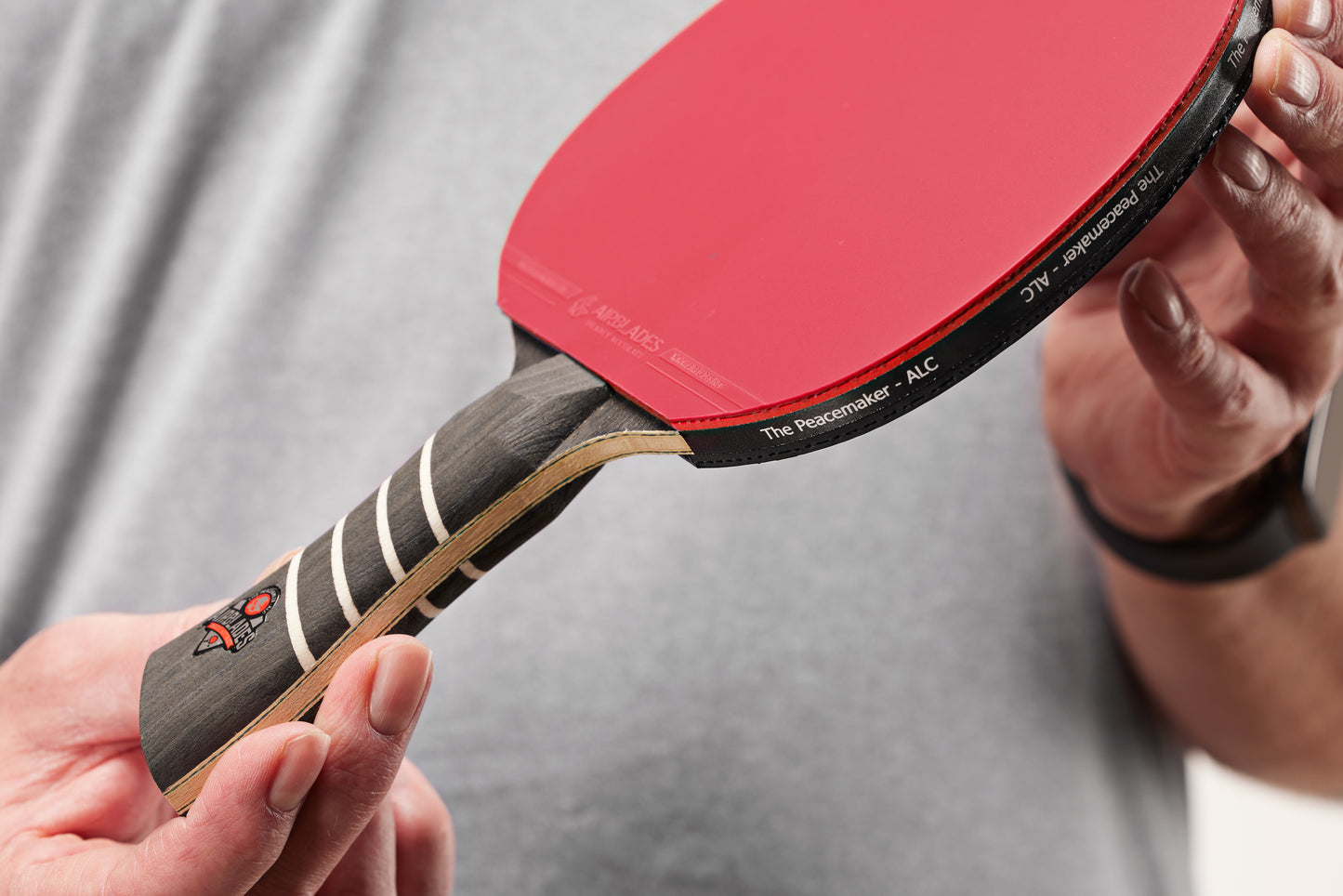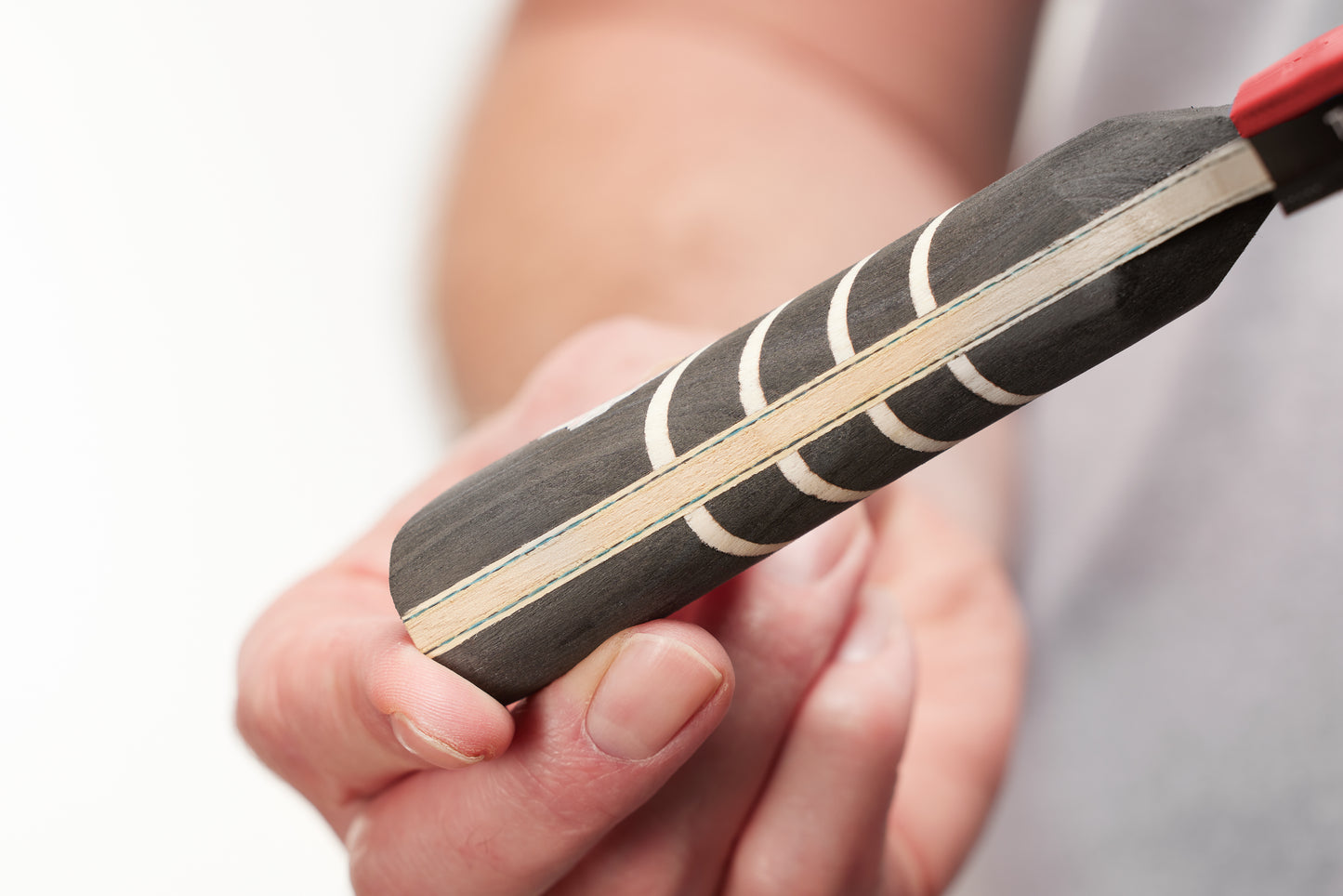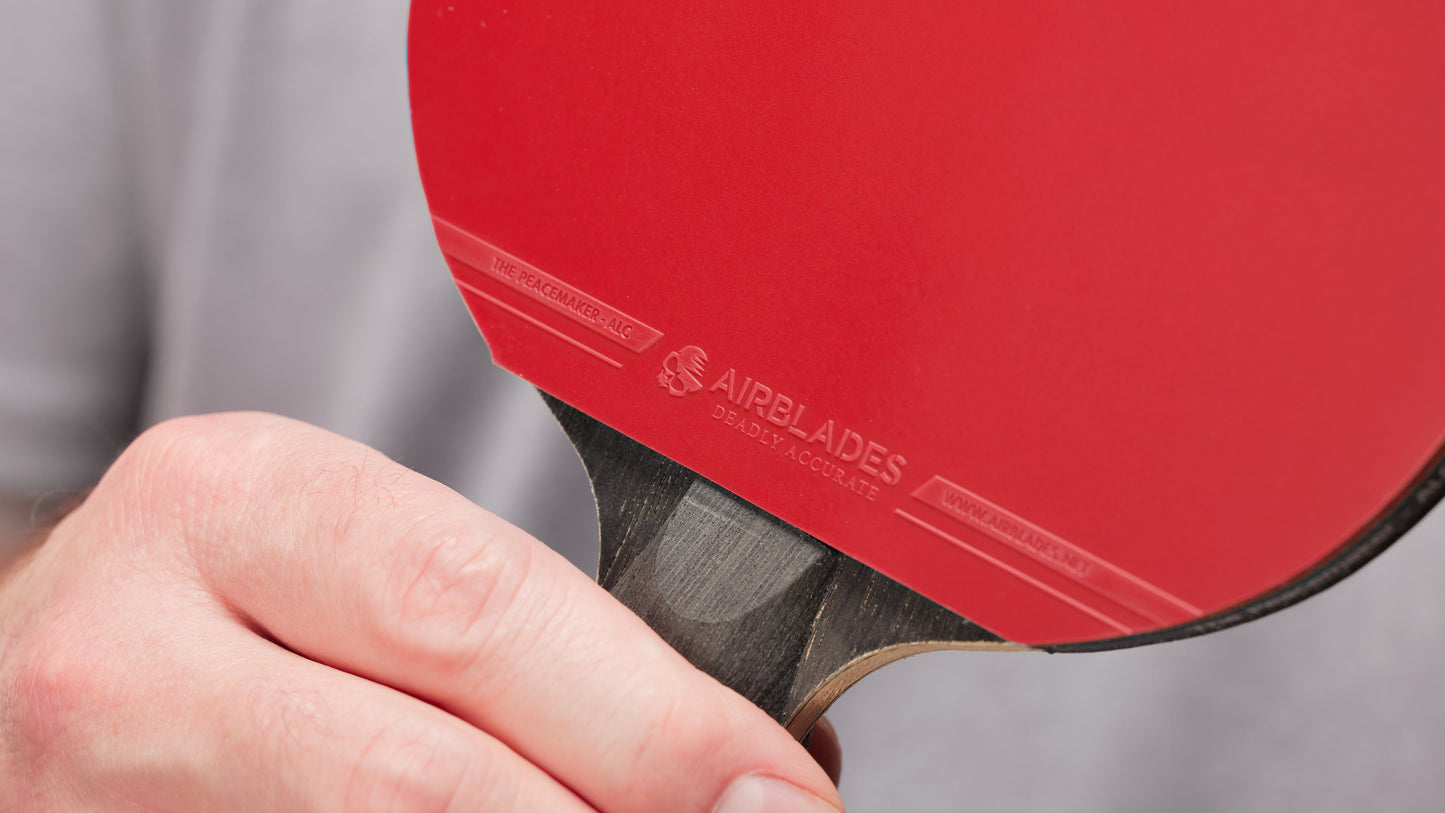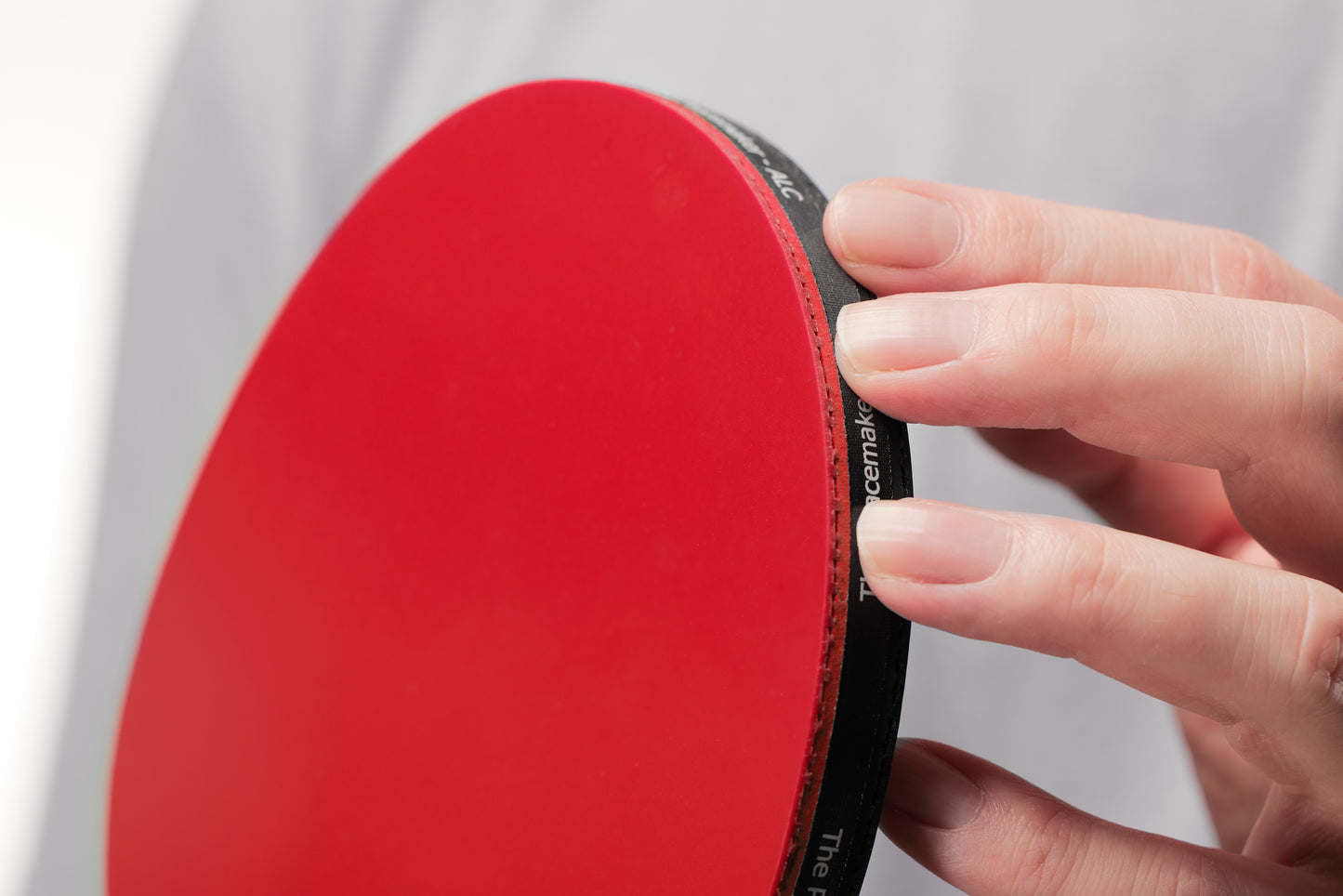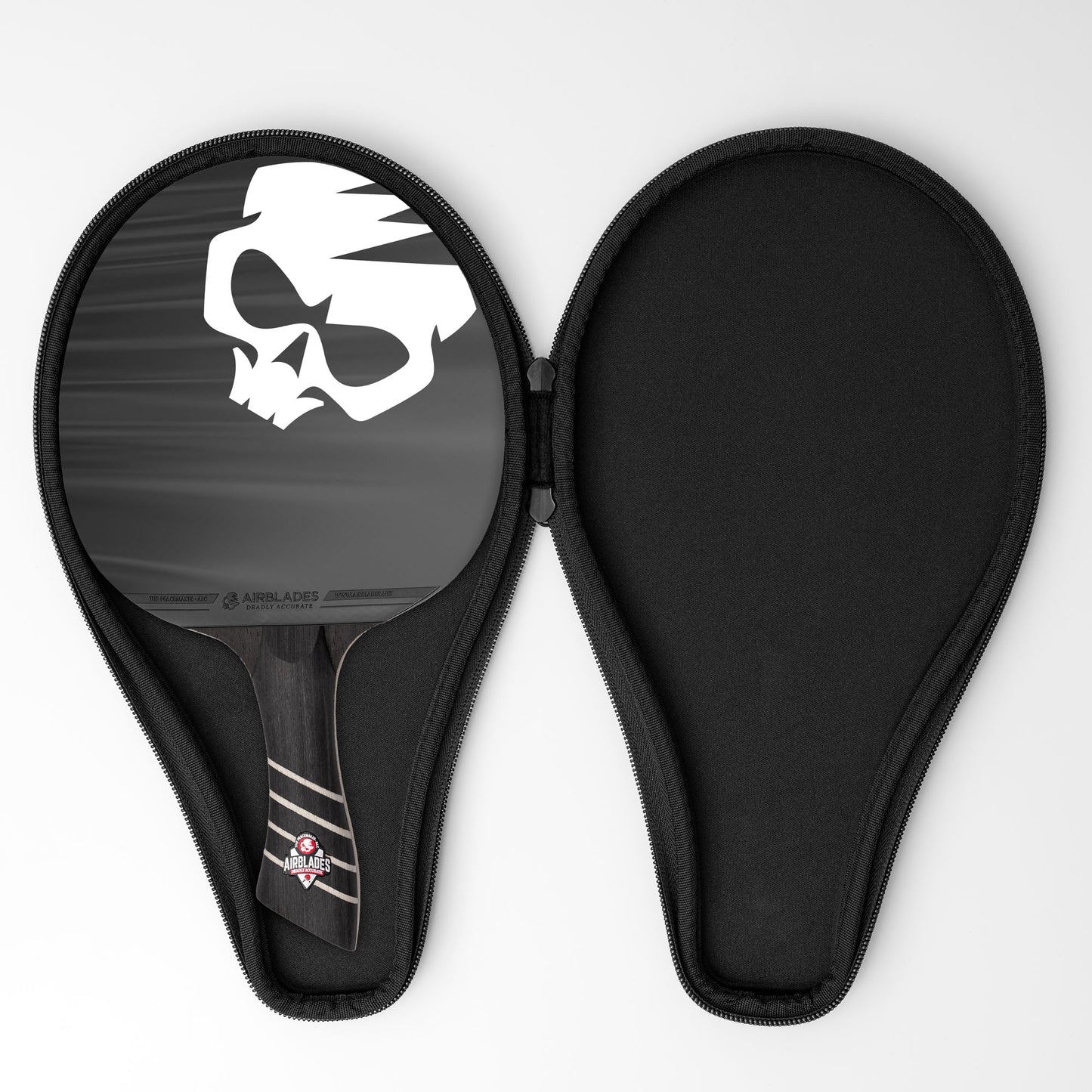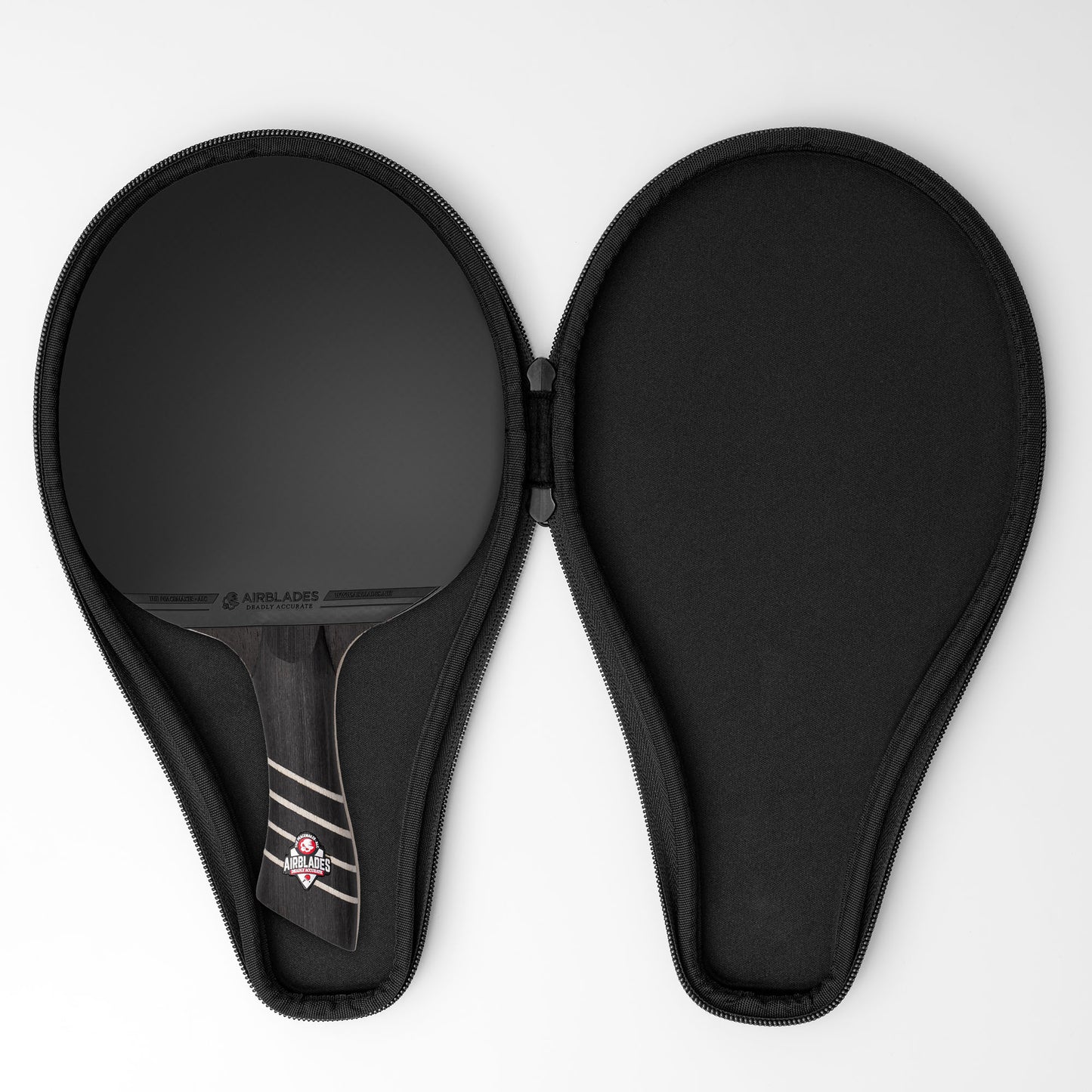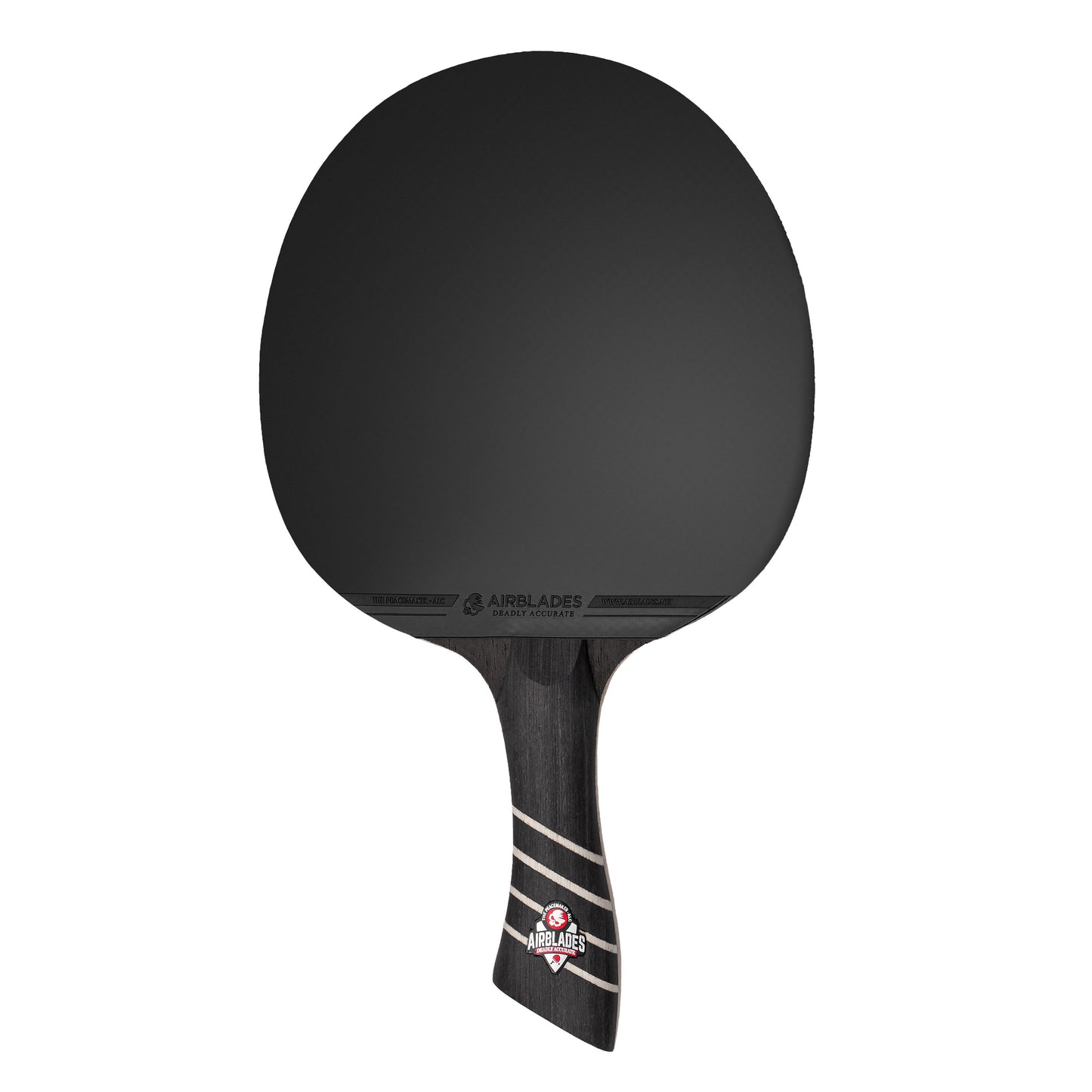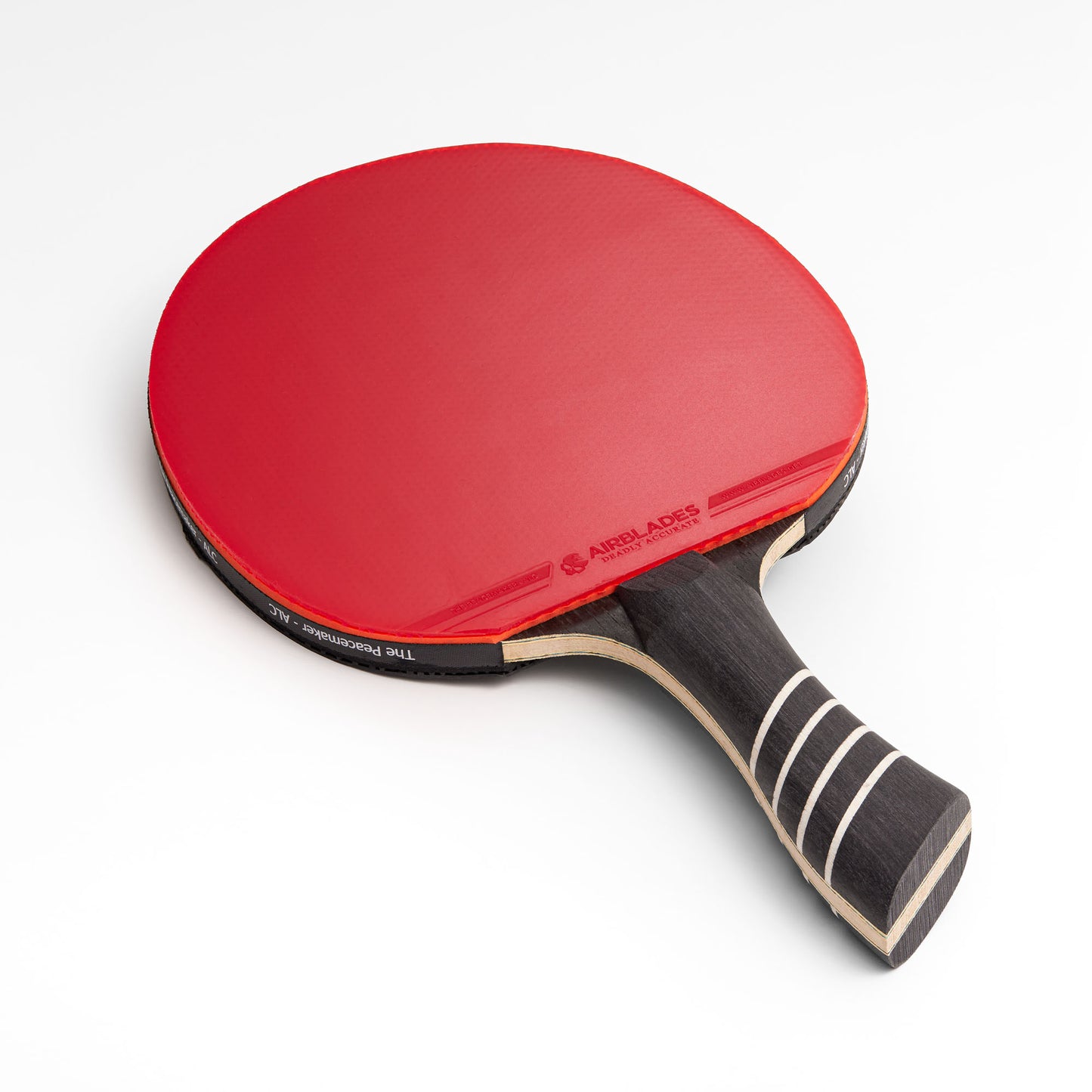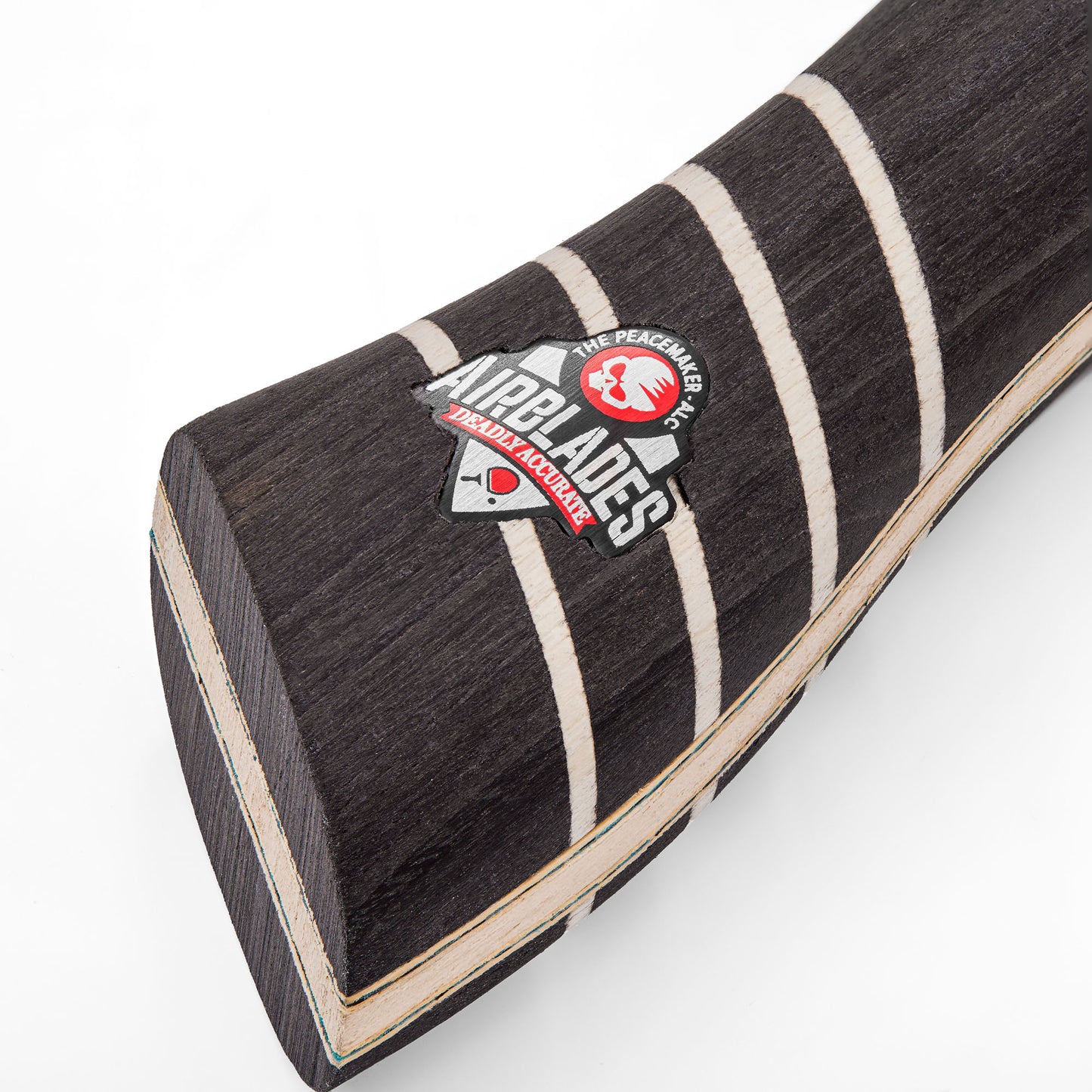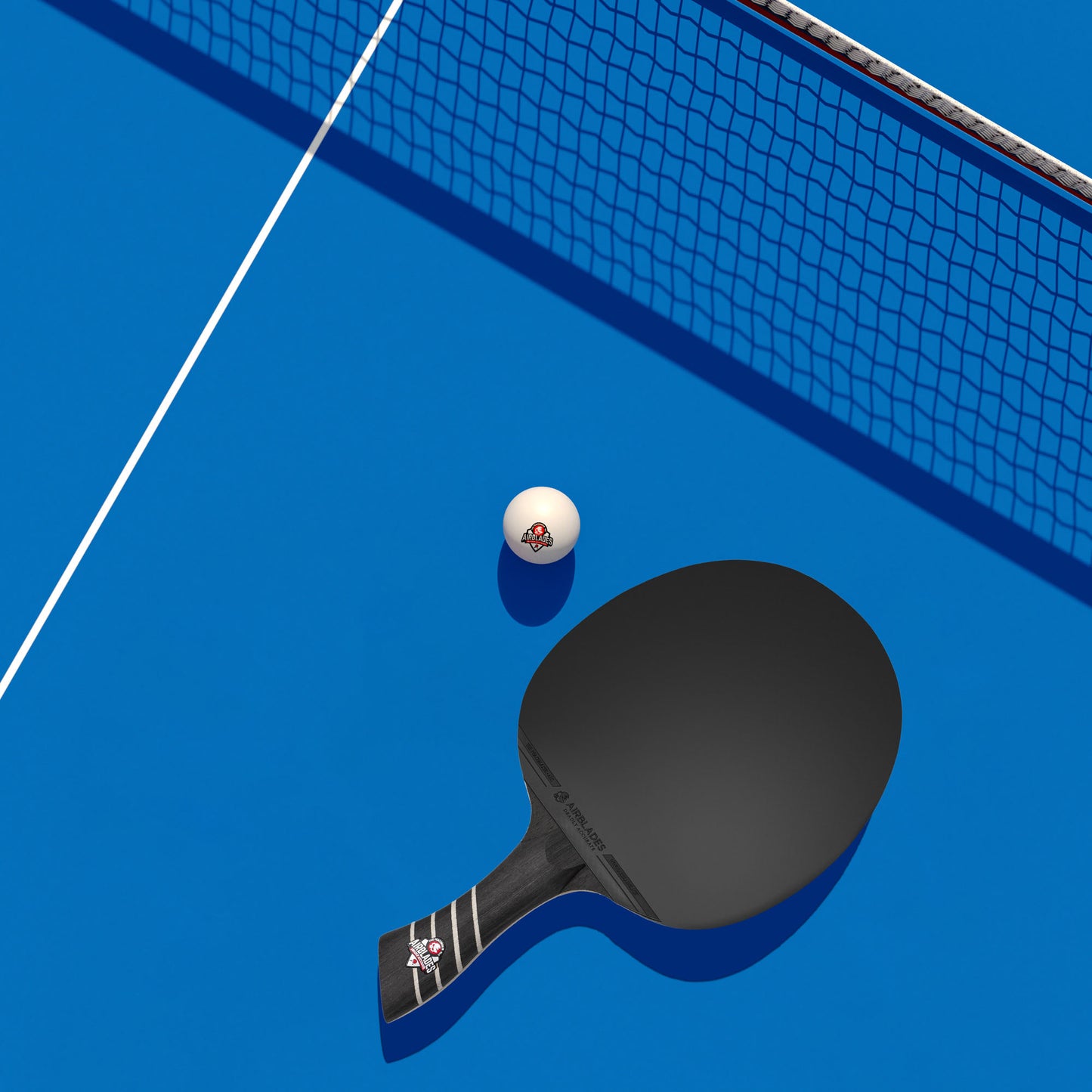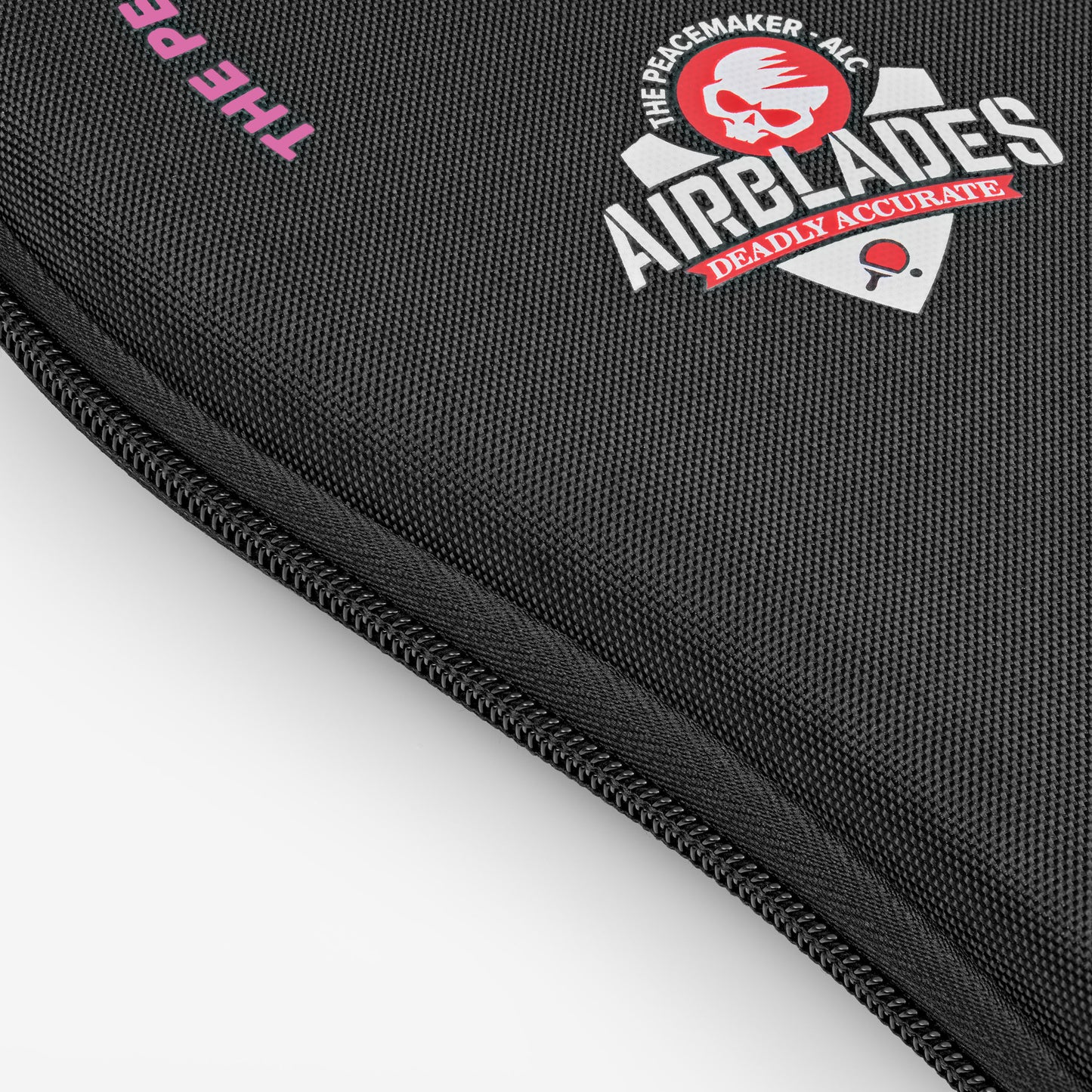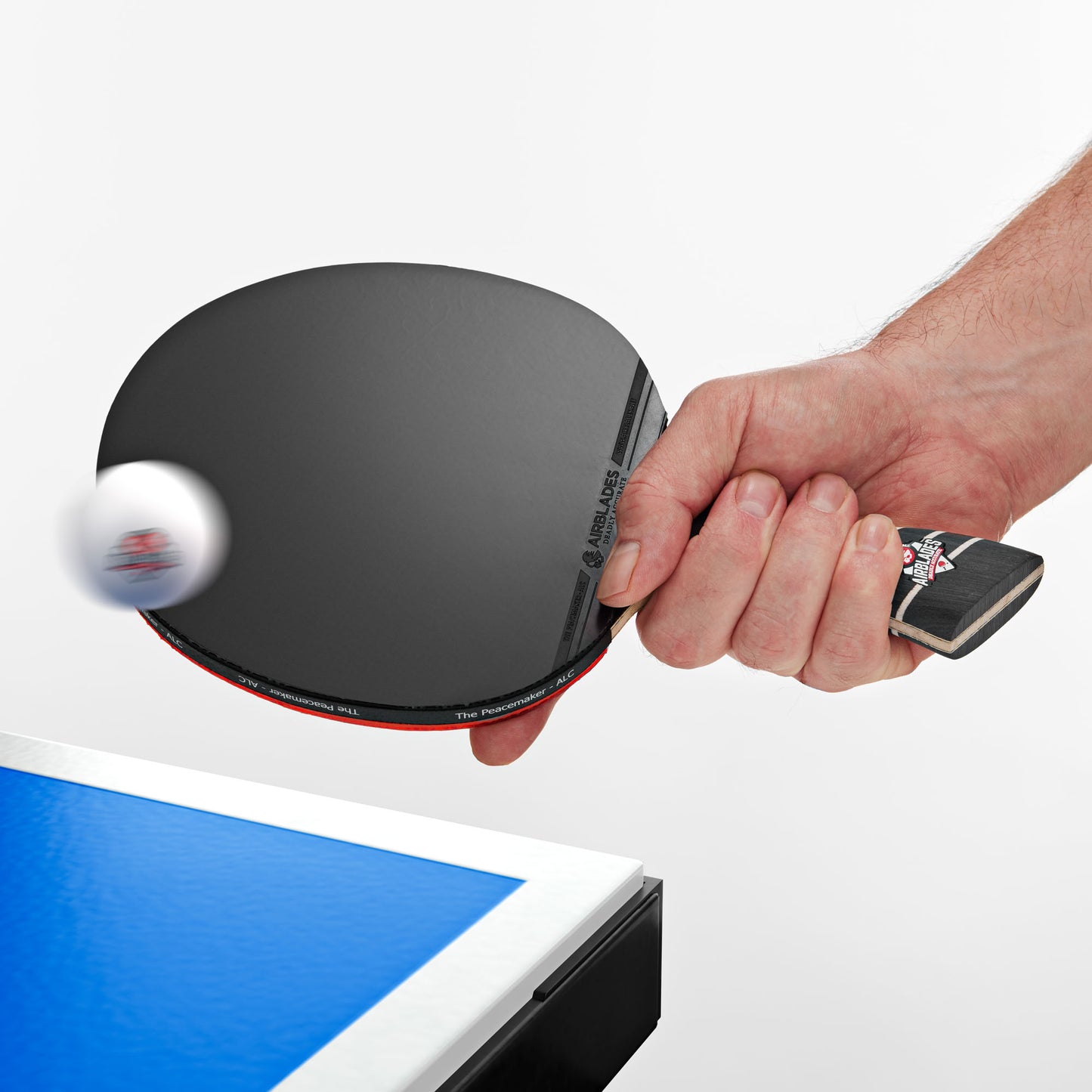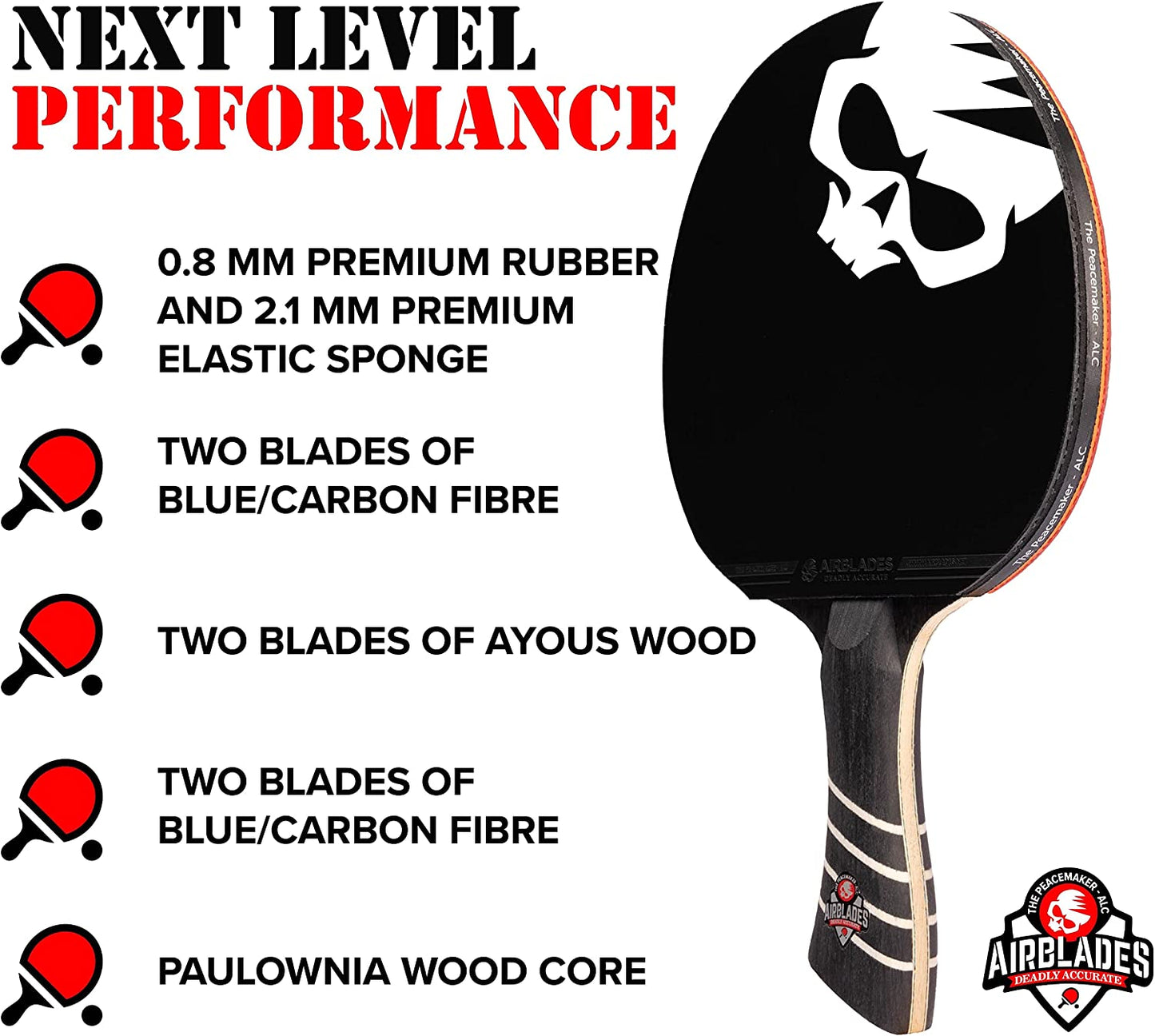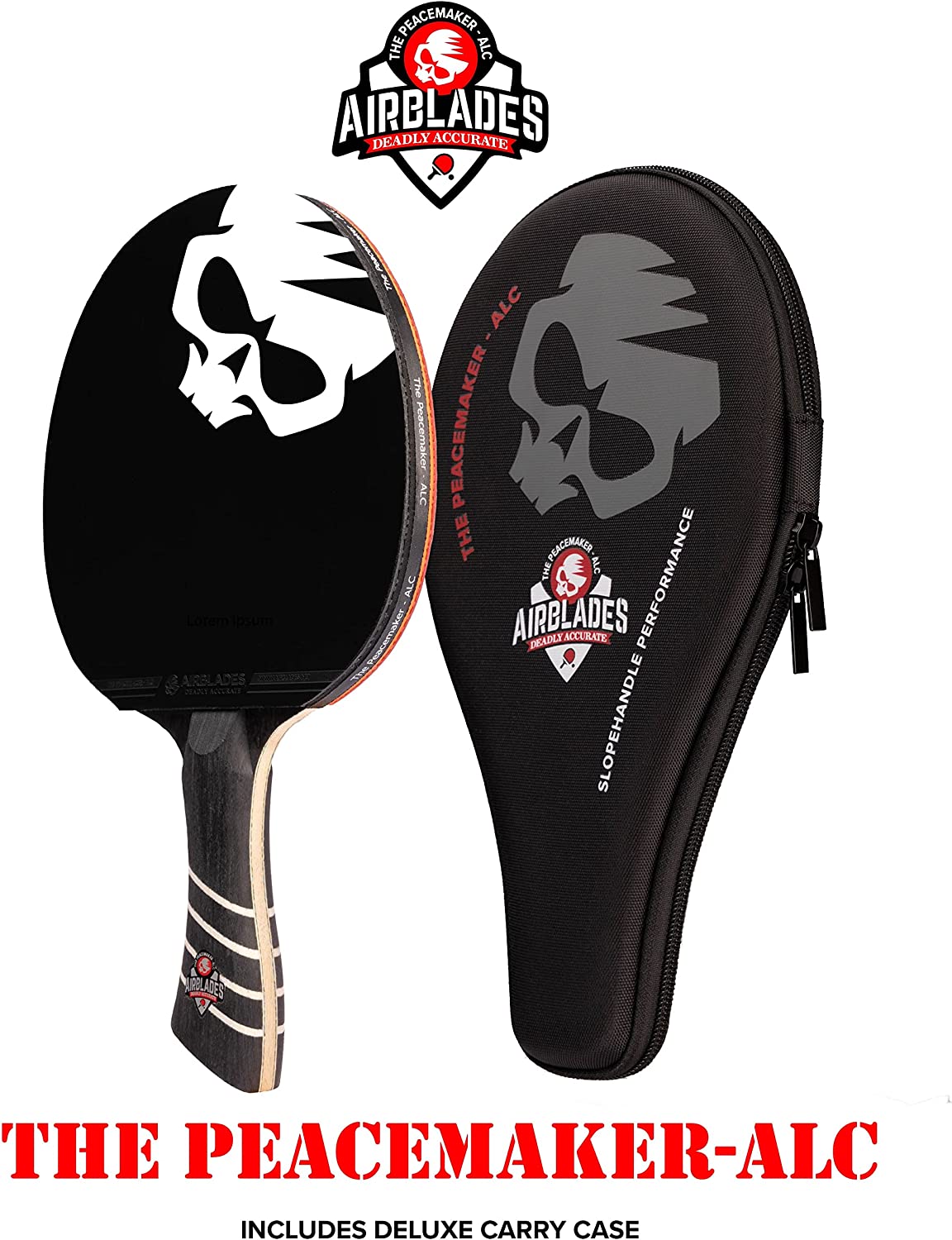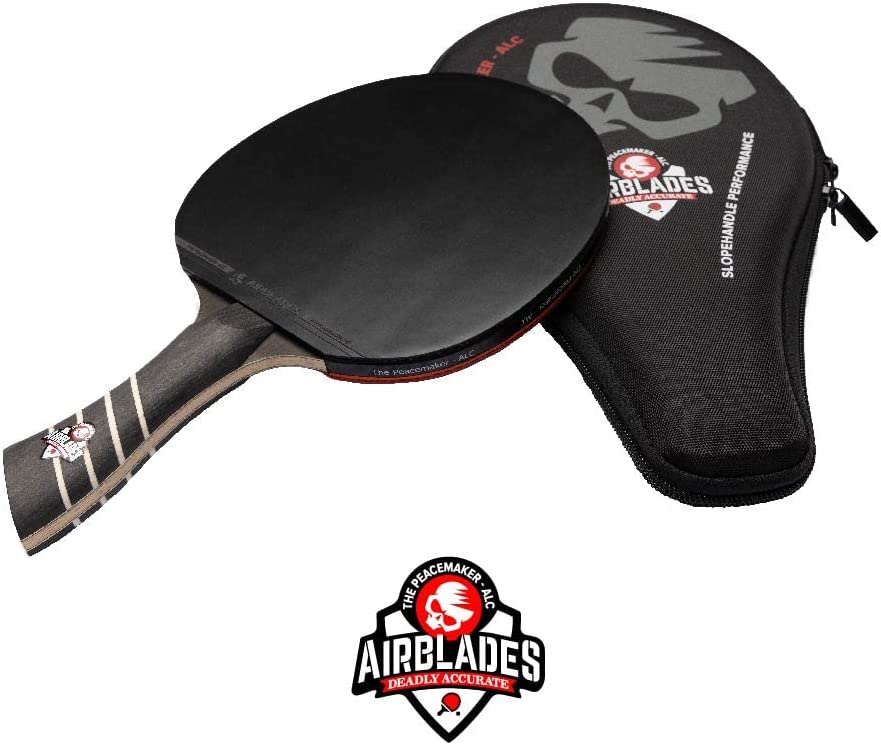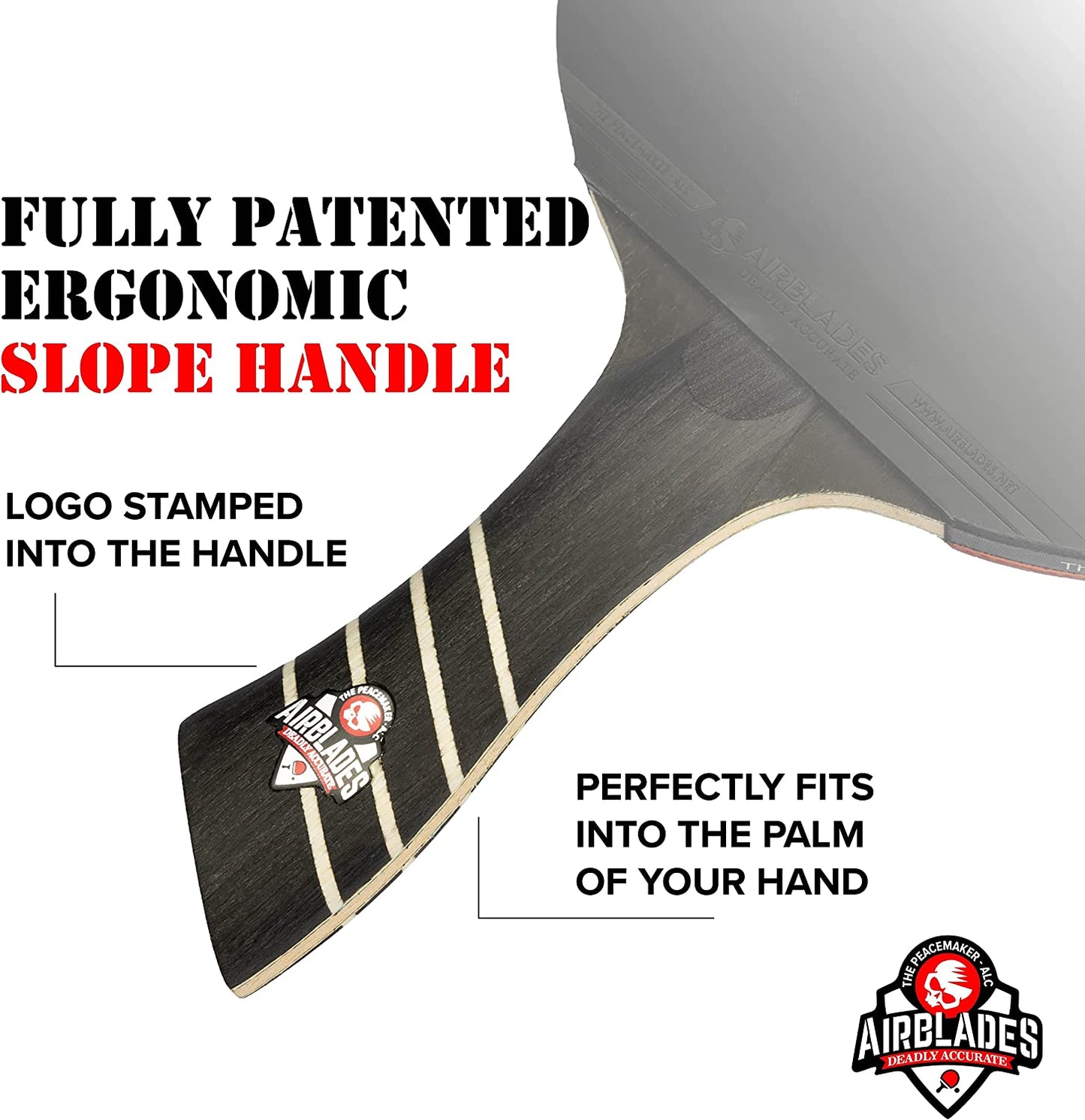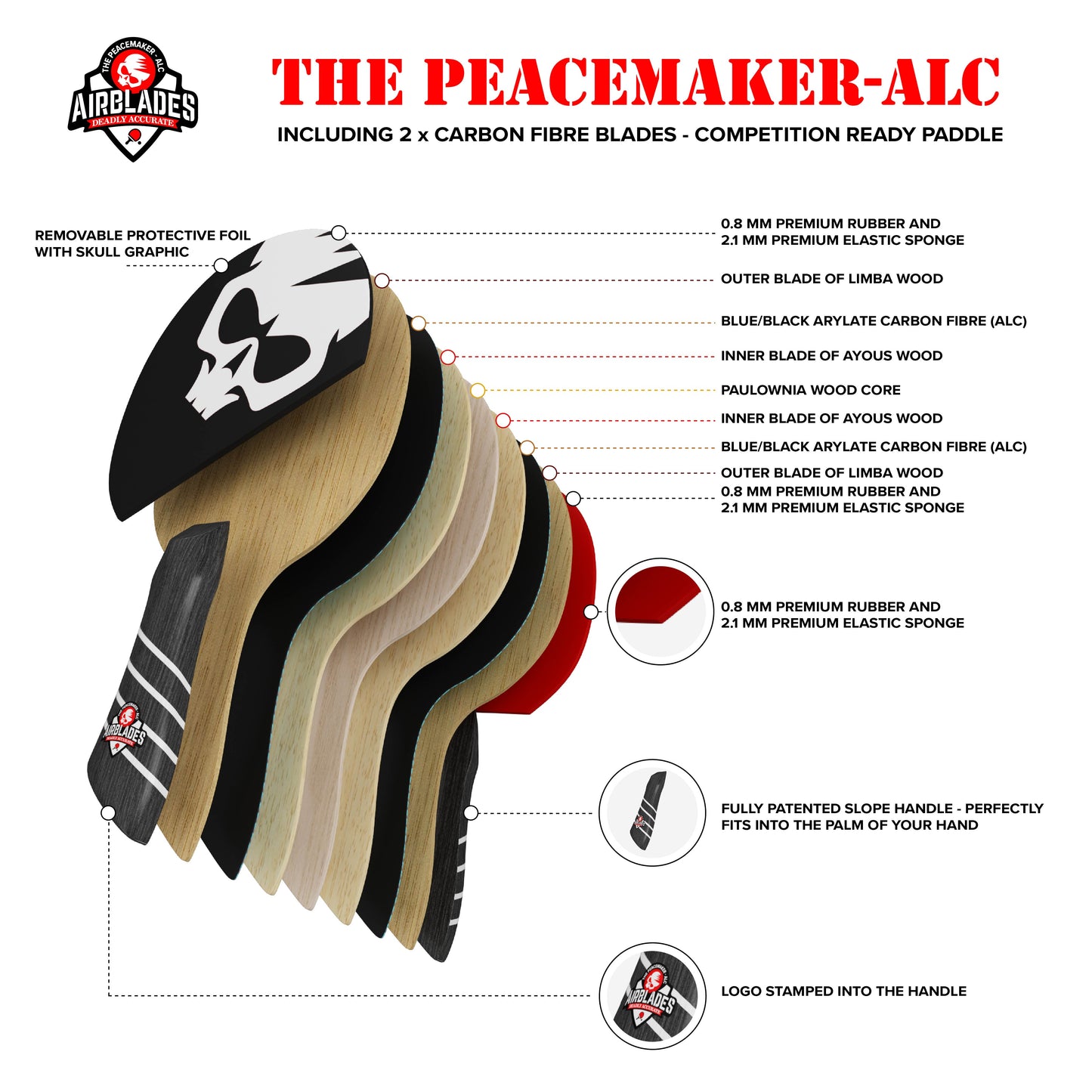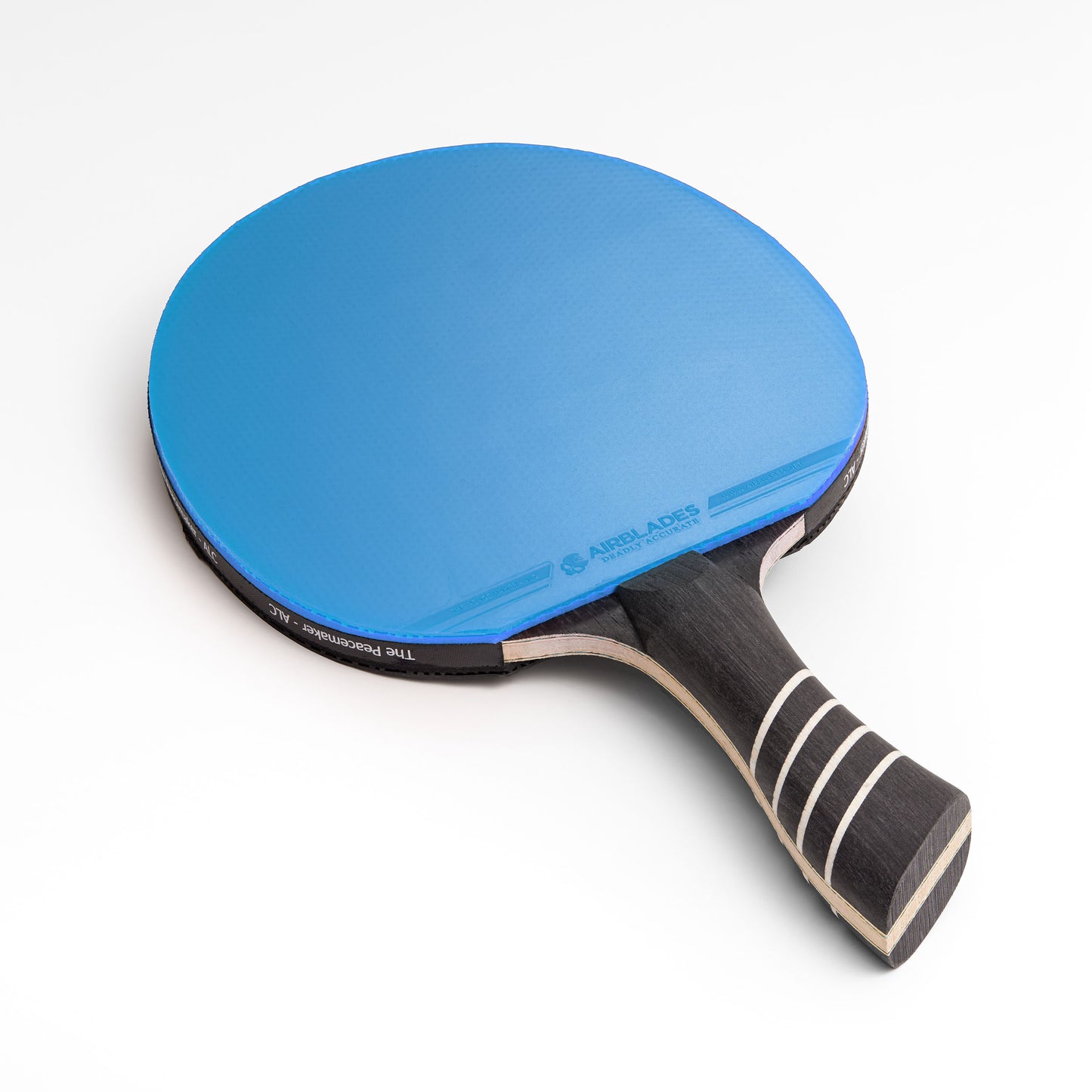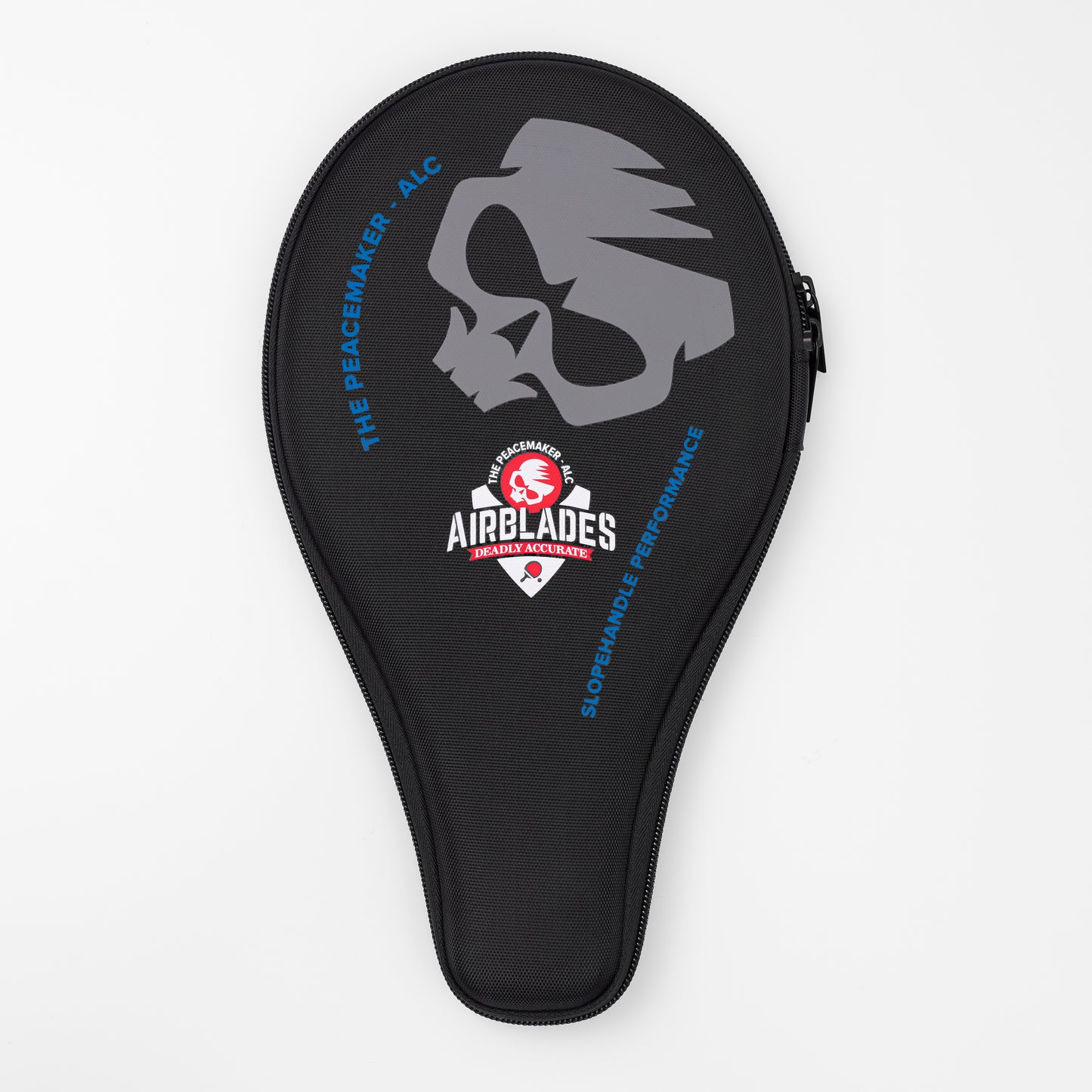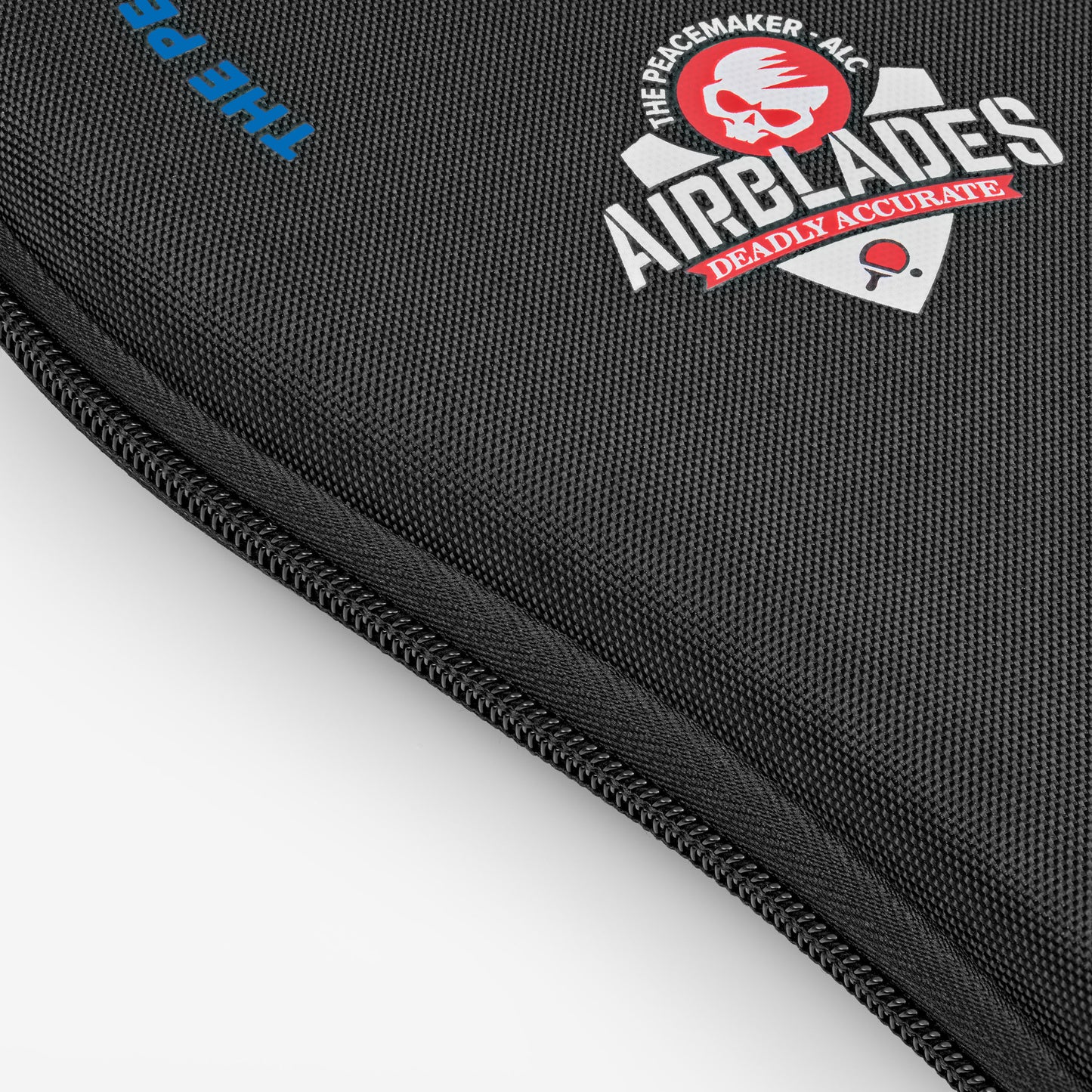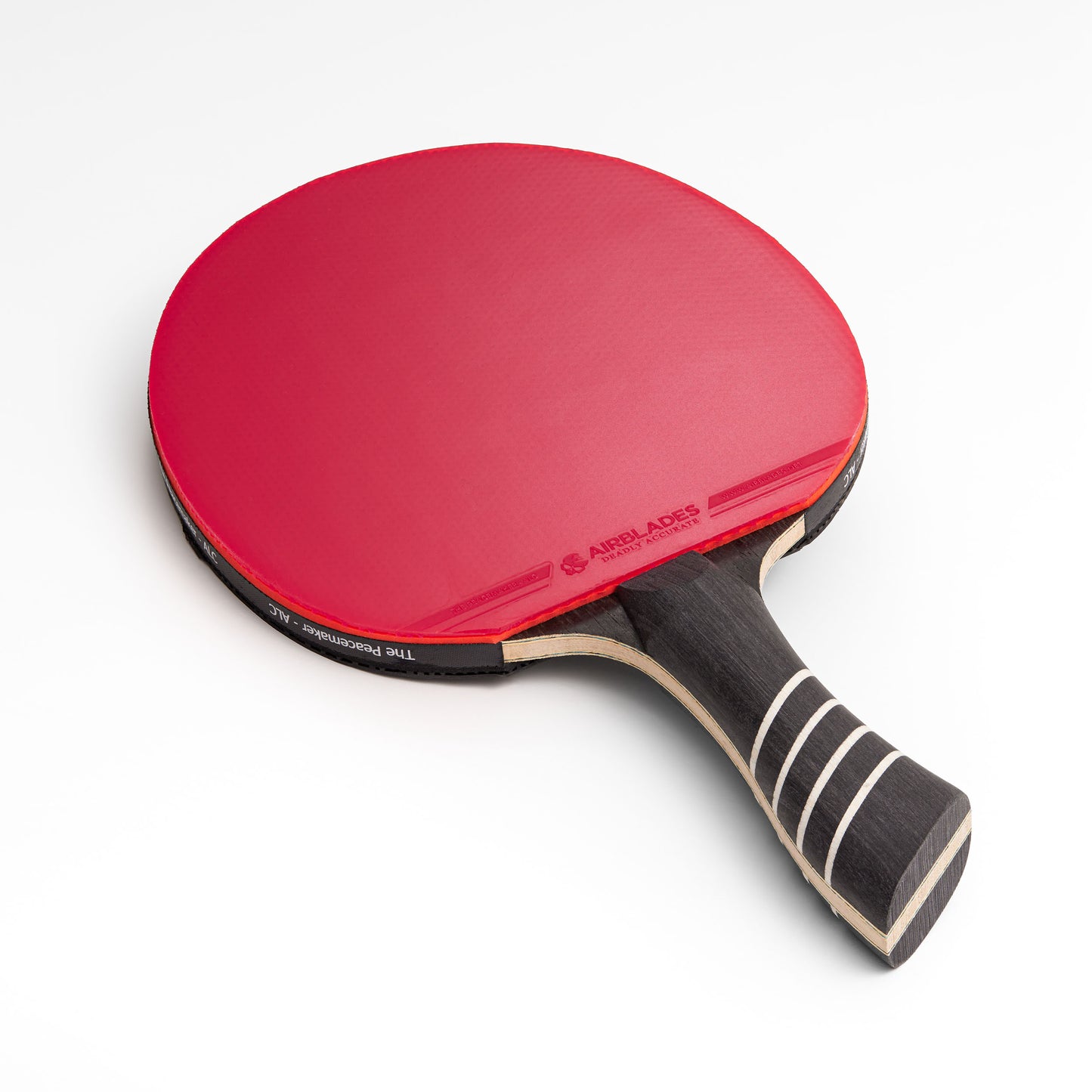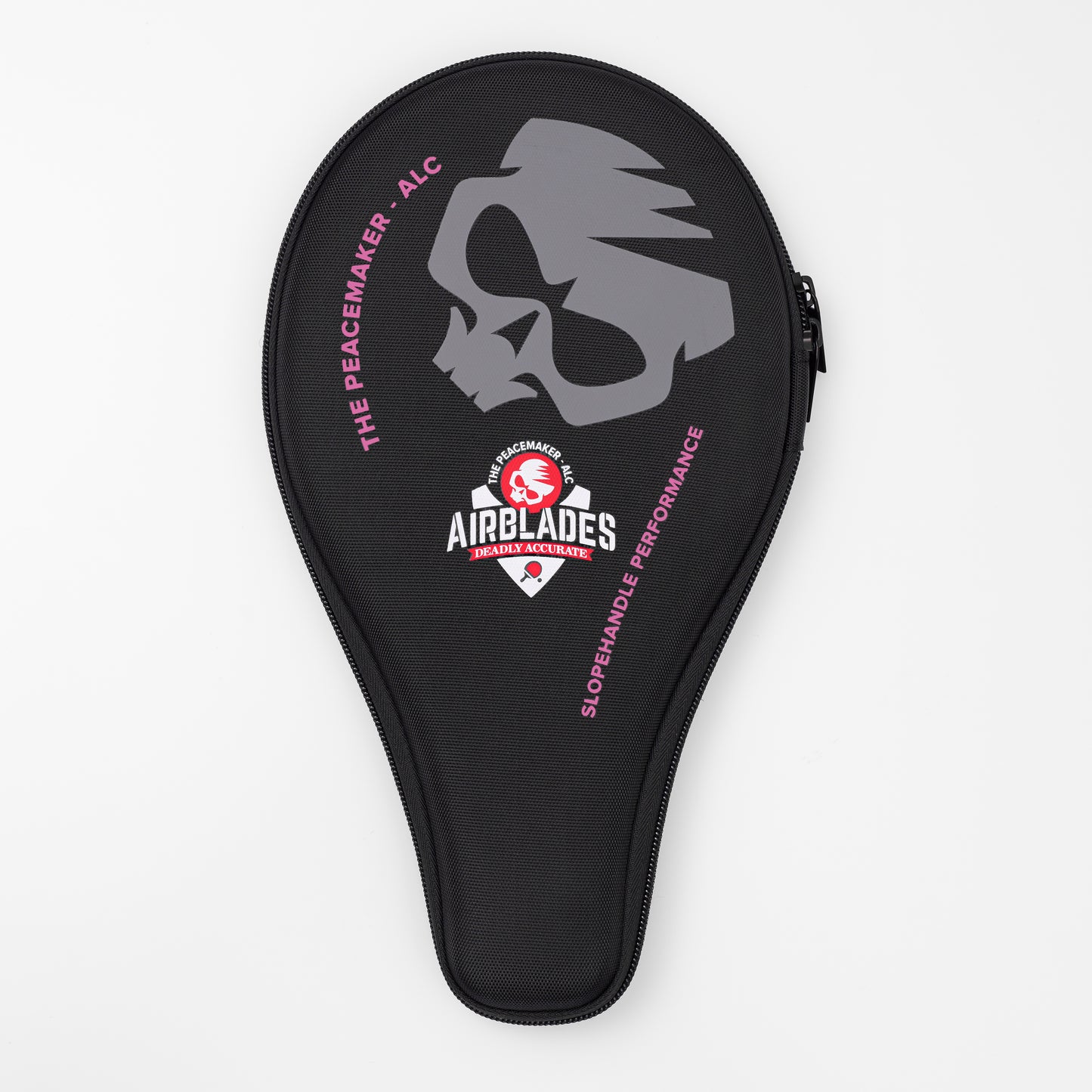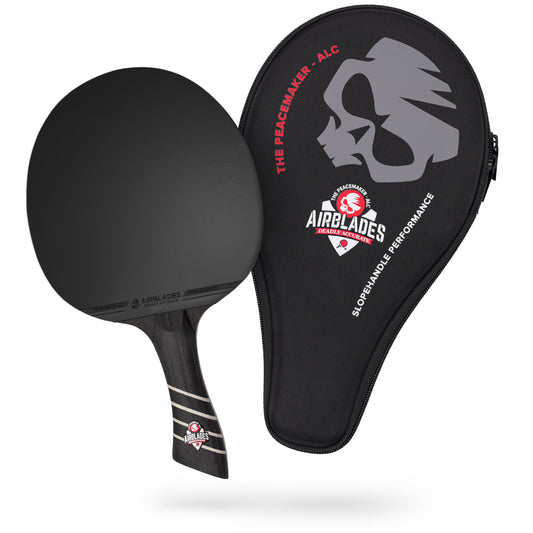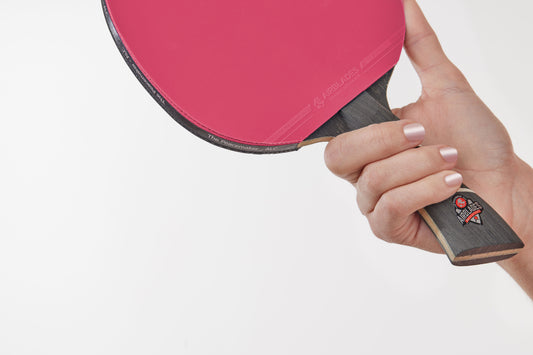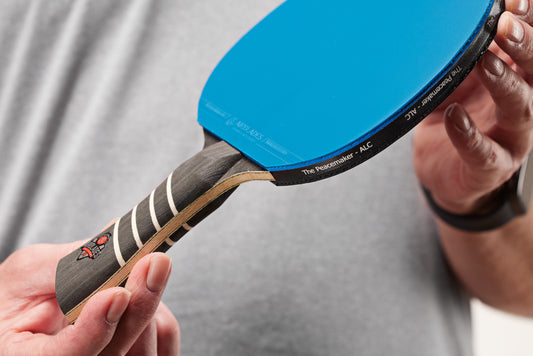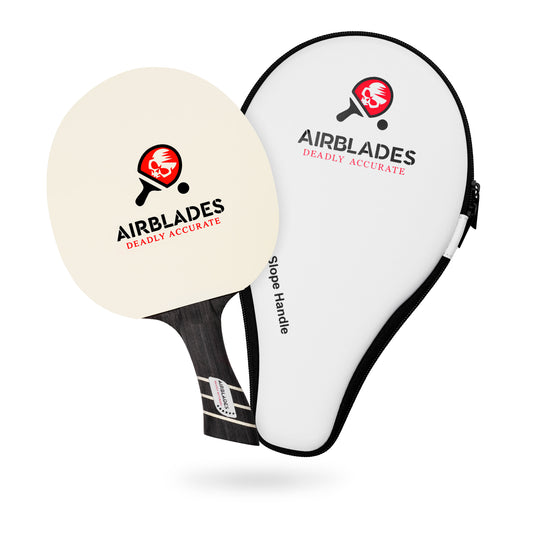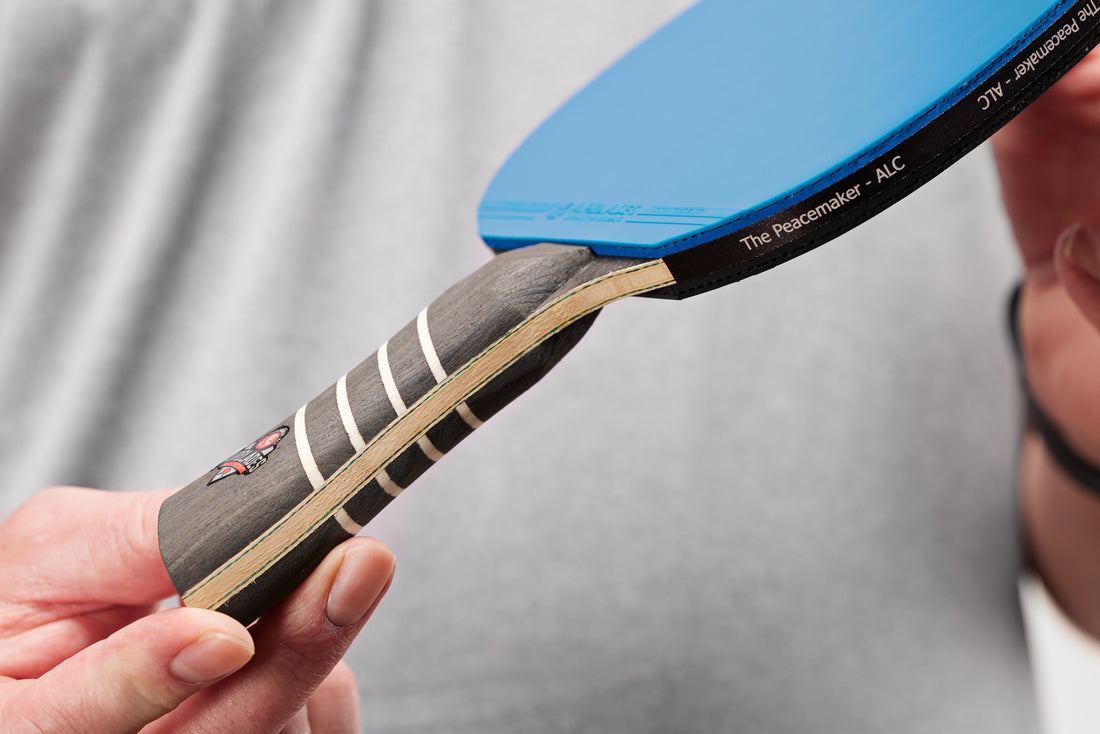
Tennis Bat ALC - What It Feels Like, How It Differs, and How to Choose the Right Build
Tennis bat alc
Searching for a tennis bat ALC can get noisy fast. Specs pile up, names blur together, and every brand promises the same thing. This guide cuts the clutter. You will learn what an ALC build feels like on the table, how it differs from other popular options, and how to match it with your playstyle without second-guessing your choice.
Why players hunt for tennis bat ALC
Players who move to an ALC setup usually want one thing - a tighter strike with fewer surprises. ALC blades are known for a crisp, connected feel that still keeps touch in the short game. On opening loops, you get a clean arc and a confident rebound. On blocks, you get stability that helps you hold the line instead of spraying long. That balance is the main reason the tennis bat ALC keyword keeps trending with competitive club players.
If you are upgrading from an all-wood 5 ply, the first thing you notice is the firmness. The ball leaves the face quicker and the sweet spot feels larger. If you are coming from a very stiff composite, you notice the opposite - more dwell and a calmer response on serves, flicks, and touch receives.
ALC vs other builds - what changes on the table
ALC vs 5 ply all-wood
- Speed - ALC is quicker on active strokes.
- Control - 5 ply gives more flex on slow touch, ALC holds up better as you swing harder.
- Sweet spot - noticeably larger with ALC, especially off-center blocks.
- Feel - 5 ply is softer and classic, ALC is crisp and stable.
ALC vs 7 ply all-wood
- Speed - similar top speed, ALC accelerates with less effort.
- Spin - 7 ply can feel punchy, ALC often gives a cleaner arc with modern rubbers.
- Stability - both are solid, ALC keeps the face more uniform across the head.
- Touch - 7 ply is robust, ALC stays a bit calmer in the short game.
ALC vs ZLC
- Feel - ALC is more linear, ZLC feels springier.
- Arc - ALC gives a predictable loop arc, ZLC shoots flatter and faster when you go hard.
- Forgiveness - ALC is usually friendlier on half swings and passive blocks.
Who should choose tennis bat ALC
- Loopers who value a confident first attack with controlled follow ups.
- Counter players who block and punch on the rise.
- All-round attackers moving up from 5 ply and wanting more stability.
How tennis bat ALC feels by stroke
The easiest way to judge a blade is to list the moments that decide points. Here is how a typical ALC setup behaves when the rally gets real.
Serve and short receive
You want the ball to sit on the rubber long enough to load spin without floating high. ALC keeps the face quiet on delicate brush contacts and keeps vibration out of your fingers. Touch receives are predictable - push short stays short when your contact is clean, and soft flicks do not overjump.
Opening loop
This is where the tennis bat ALC shines. You get a quick bite into the sponge and a stable follow through. The arc is medium - not too high, not too flat - which helps you clear the net comfortably and still land deep. Against backspin, the added firmness helps you lift without muscling the ball.
Counter and block
On the table or one step back, ALC rewards clean timing. Passive blocks sit deep without trampoline kick. When you counter, the face stays square and the rebound is consistent even off the edge of the sweet spot. This is a big step up from softer 5 ply options.
Short game and touch under pressure
Late in games, most errors happen within two shots of the serve. ALC helps by smoothing out small mishits and keeping the blade face stable when your feet are not perfect. That stability is a silent advantage for players who value percentage table tennis.
Tennis bat ALC vs rubbers - pairing that works
Choosing rubbers for an ALC blade is about balance. If you pick a very bouncy top sheet on a catapult sponge, you may get too much spring on touch. Pairing ideas that tend to work:
- Forehand - a grippy topsheet with a medium-hard sponge gives you heavy opening spin without losing stability on counters.
- Backhand - a medium sponge with good topsheet grip helps on quick openers and punch blocks.
- Weight balance - ALC blades are often near the middle of the weight range, so two heavy max sheets can push the total weight high. If you like fast hands, consider a 2.0 on one side.
Comparison - tennis bat ALC and popular alternatives
| Build | What it feels like | Best for | Tradeoffs |
|---|---|---|---|
| ALC | Crisp, stable, medium arc. Larger sweet spot. Calmer short game than most stiff composites. | Topspin first attackers, counter players who want firmness without losing touch. | Less flex than classic 5 ply on very soft touch. Can feel firm for total beginners. |
| 5 ply all-wood | Softer feel, more flex, high feedback. | Developing players focused on control and feel. | Smaller sweet spot at pace. Can bottom out on hard counters. |
| 7 ply all-wood | Stiff wood feel, punchy mid distance, solid on blocks. | Close-to-table hitters and punch blockers. | Less dwell on slow brush. Demands cleaner touch to keep serves low. |
| ZLC | Lively rebound, fast face, flatter arc at high speed. | Explosive loopers who take the ball early with big acceleration. | Less forgiving on partial swings and passive shots. |
Handle shape, comfort, and why it matters
Blade composition is only half the story. Handle geometry changes how long you can maintain clean mechanics. If you struggle with wrist tension or angle drift over long sessions, a more natural grip angle helps. That is why our bats use a patented SlopeHandle - it supports a relaxed position that keeps your blade angle consistent from first serve to last rally.
- Does the handle fill your hand without forcing a squeeze.
- Can you repeat your backhand angle without constant micro-adjusting.
- Does your forearm stay relaxed on forehand loops at 70 to 90 percent power.
Questions players ask about tennis bat ALC
Is tennis bat ALC too fast for developing players
Speed is rarely the problem. The issue is control at contact. If your touch and timing are improving and you value stability on blocks and counters, an ALC blade can speed up progress because your feedback is cleaner. If you are still learning basic brush contact, a flexible 5 ply may be easier for a short time, but many players move to ALC earlier than they expect.
Do you lose touch in the short game
Not if you pair rubbers sensibly and commit to soft hands. ALC can play quiet on serves and receives. The key is to avoid a very bouncy rubber pairing if your game is close to the net.
Is ZLC always an upgrade over ALC
No. ZLC is faster and more elastic. If you want a neutral, predictable response with a balanced arc, tennis bat ALC is usually the safer choice for match play unless your style benefits from a jumpier rebound.
How to pick your first tennis bat ALC
If you loop first
- Medium-hard FH rubber for heavy openers.
- Medium BH rubber for quick topspins and counters.
- Keep total weight in a range you can swing all night.
If you counter and punch block
- Choose a rubber with a solid topsheet feel for clean contact.
- Consider 2.0 on BH for faster recovery on quick exchanges.
- Focus on consistency over max catapult.
Mistakes to avoid with tennis bat ALC
- Over-stacking speed - fast blade plus bouncy max rubbers can create a hot short game. Keep one side moderate if needed.
- Ignoring handle comfort - a great face with an uncomfortable handle is a short season. Grip comfort multiplies your training hours.
- Chasing top-end pace only - match wins live in the 60 to 90 percent swing range. Choose a setup that feels locked in there.
Where AirBlades fits into your upgrade path
If you are researching tennis bat ALC, you are already prioritising a crisp, stable feel. If you want that same match-day consistency in a ready-to-play bat with ITTF legal rubbers and a patented handle geometry, the Peacemaker Pro is designed for that purpose. It ships with a protective case, carries a lifetime warranty on manufacturer defects, and is built for players who want confidence on every ball.
Ready for a steadier strike
Explore a performance-first bat that keeps your angles steady and your touch consistent.
Shop AirBlades Peacemaker ProThe bottom line
Tennis bat ALC is popular for a reason - it delivers a firm, predictable response with enough dwell to keep serves and touch under control. Compared with classic 5 ply options, you gain stability and a larger sweet spot. Compared with very lively composites, you gain usability and a calmer short game. Pair it with rubbers that match your tempo, choose a handle that keeps your wrist relaxed, and give yourself a few sessions to settle in. The right setup should disappear in your hand so you can focus on patterns, not equipment.
Tip: log a single session where you serve short, open with quality, then run five counters in a row on each wing. If the bat helps that pattern feel automatic, you are in the right place.
